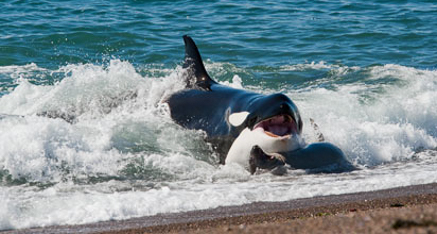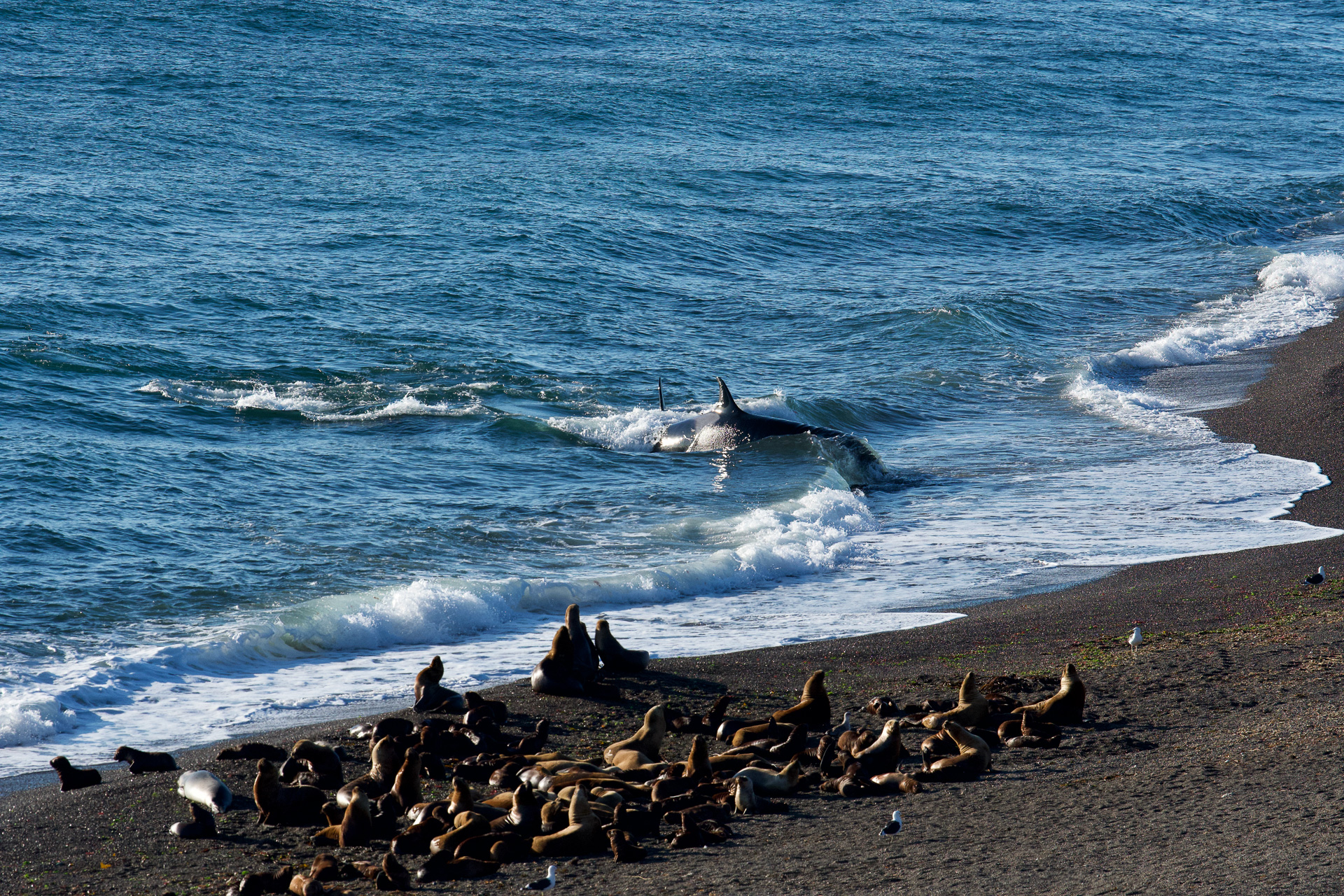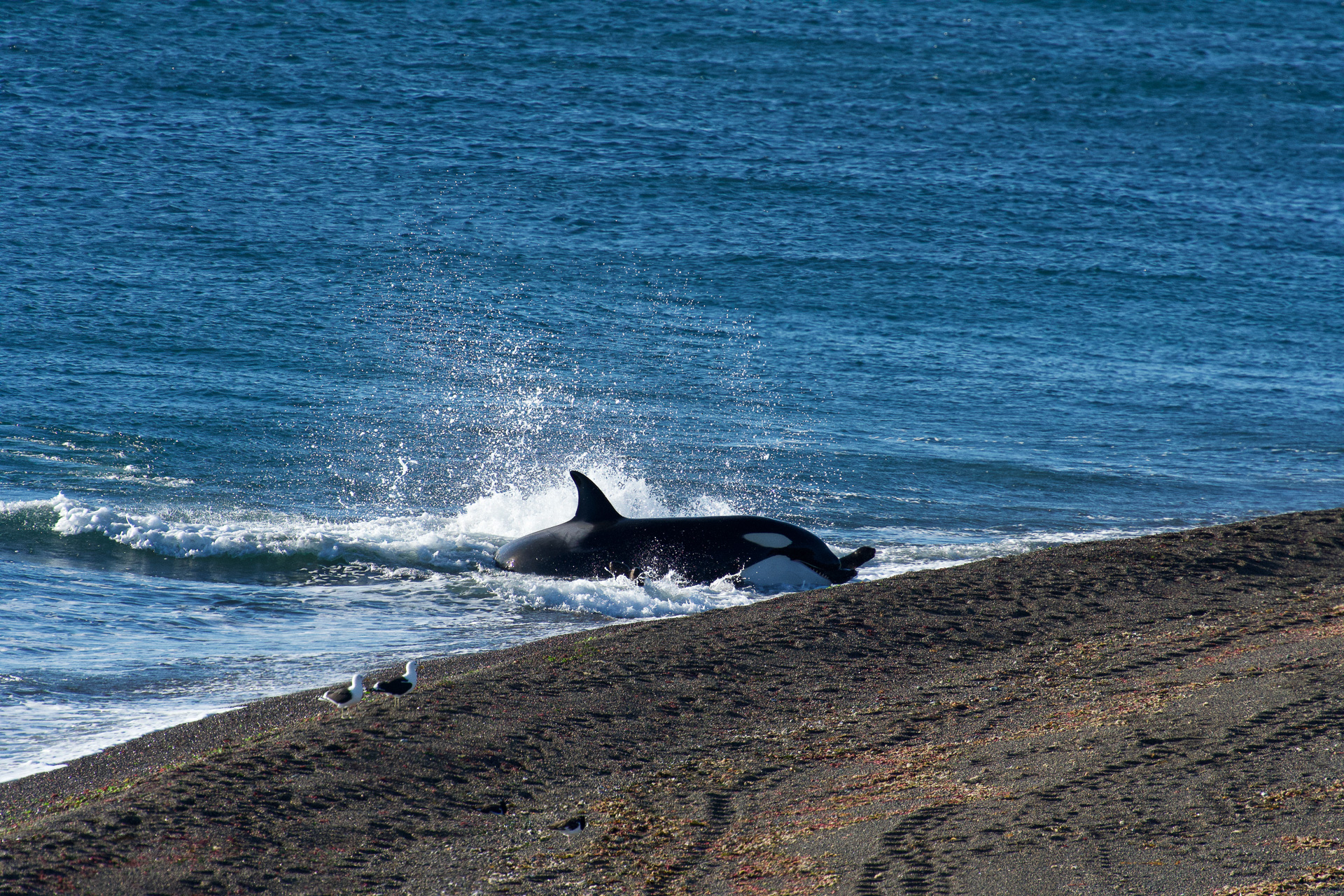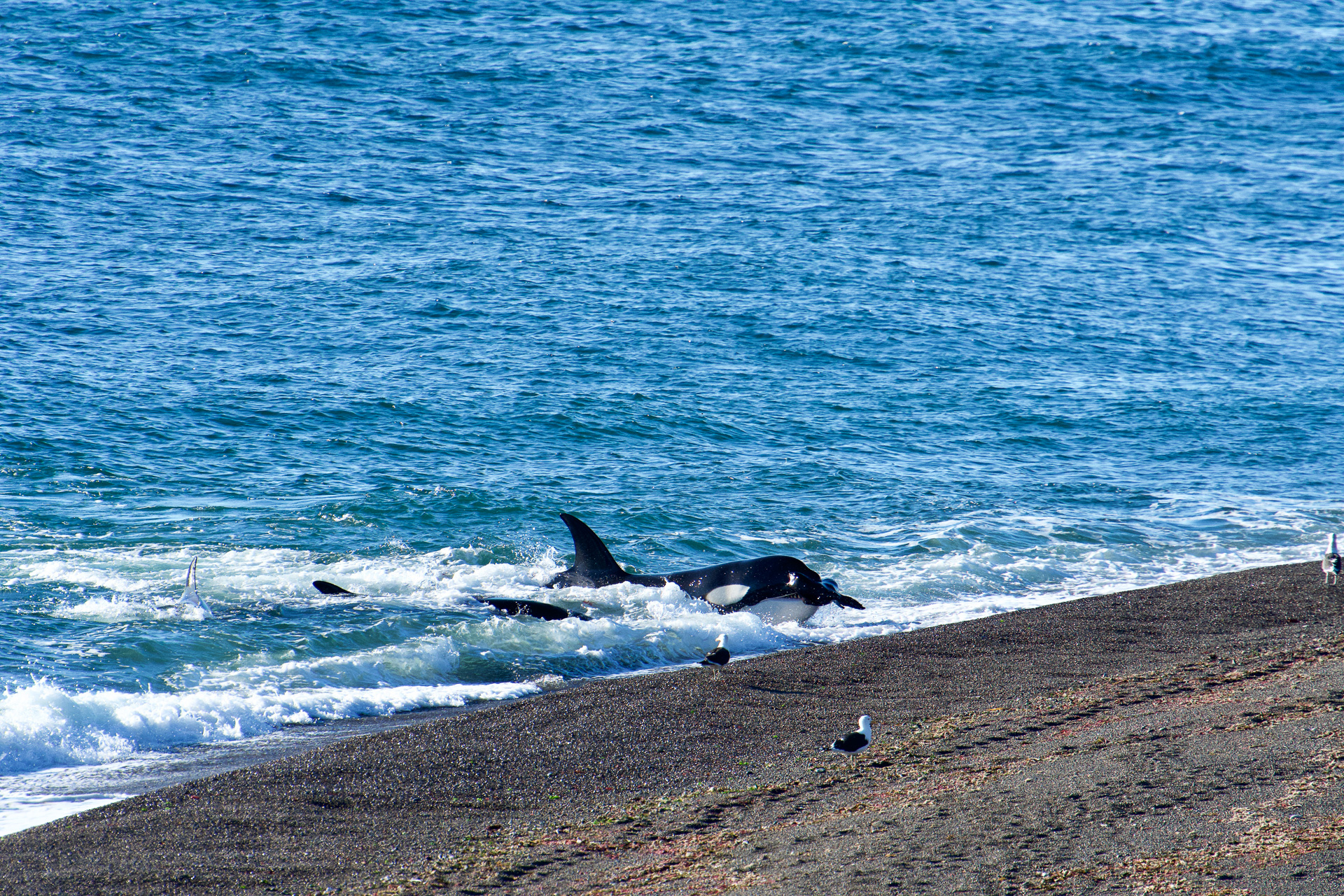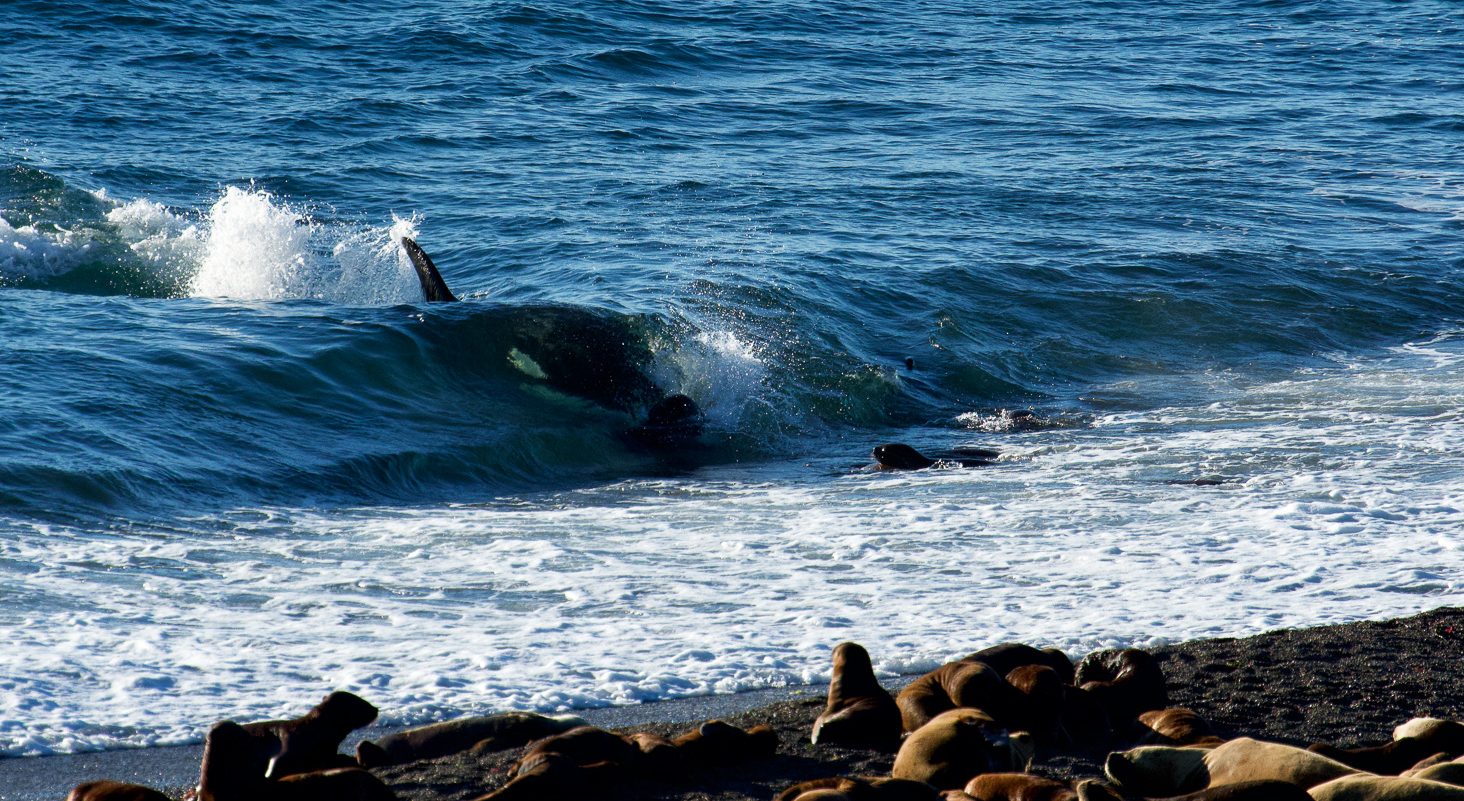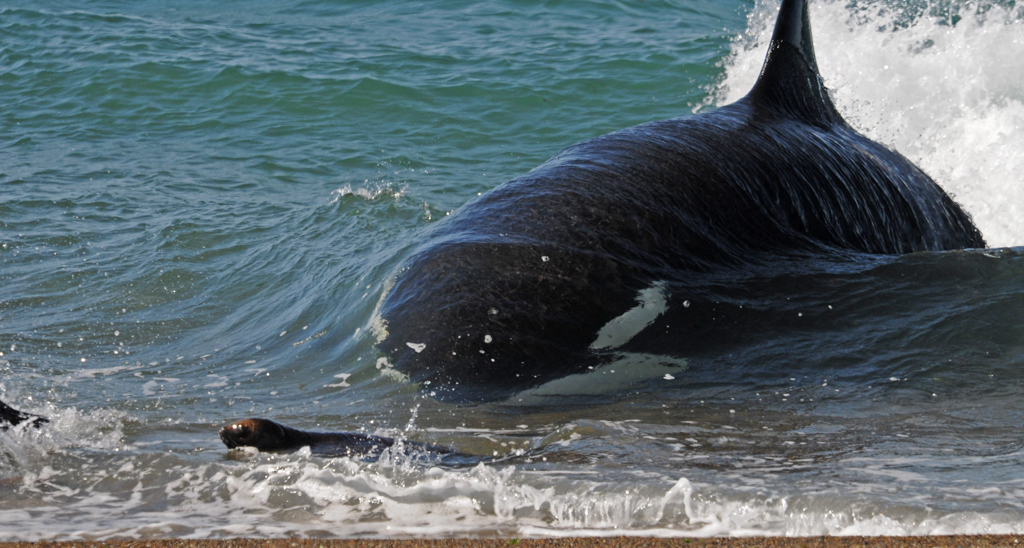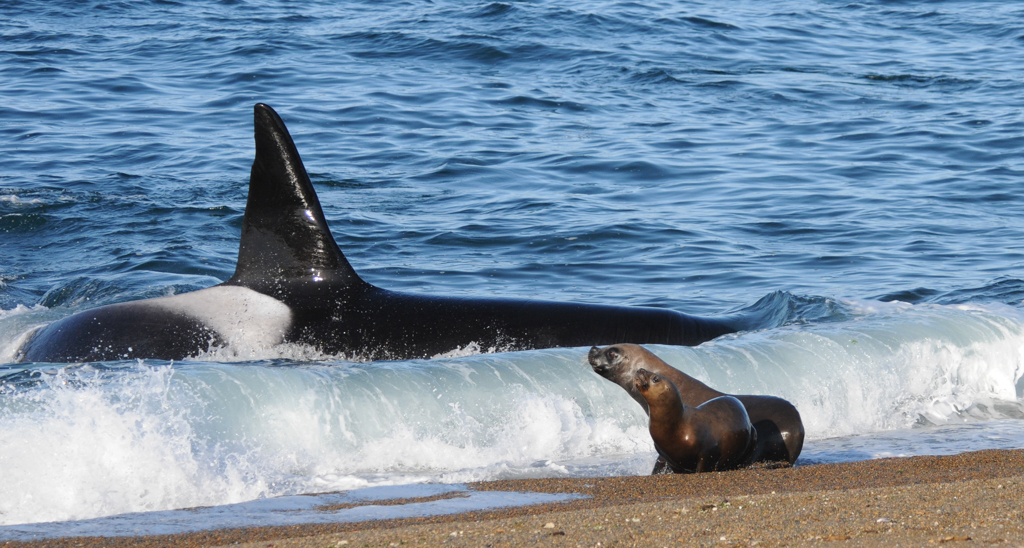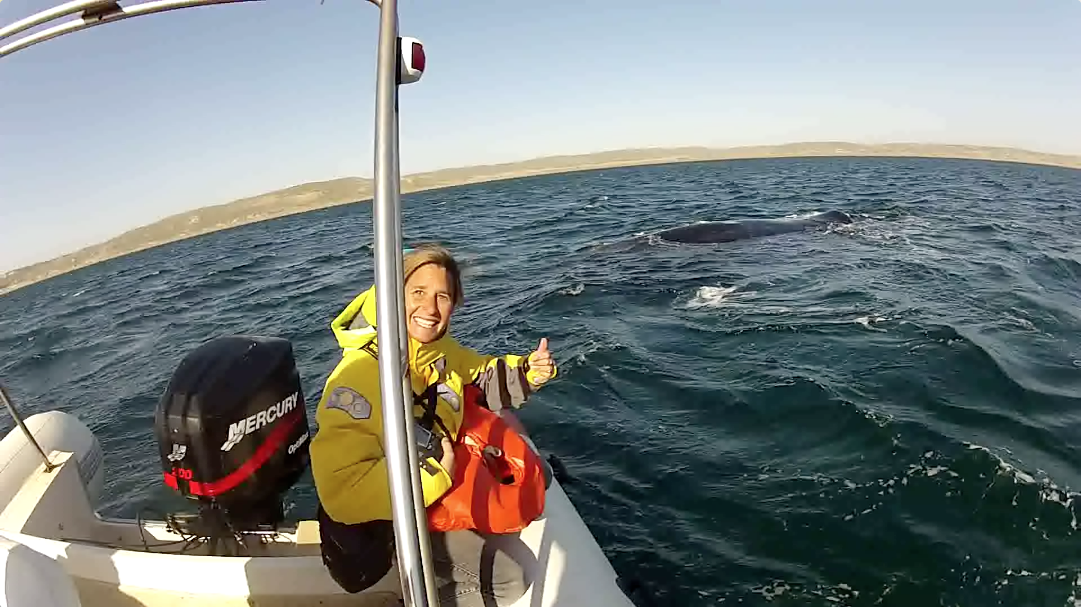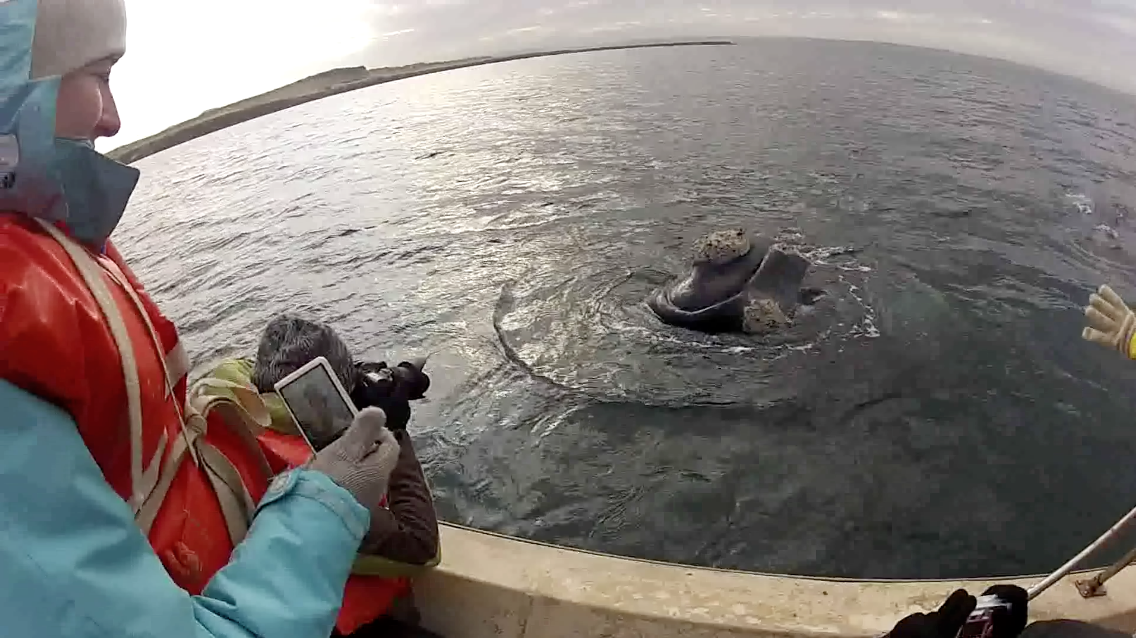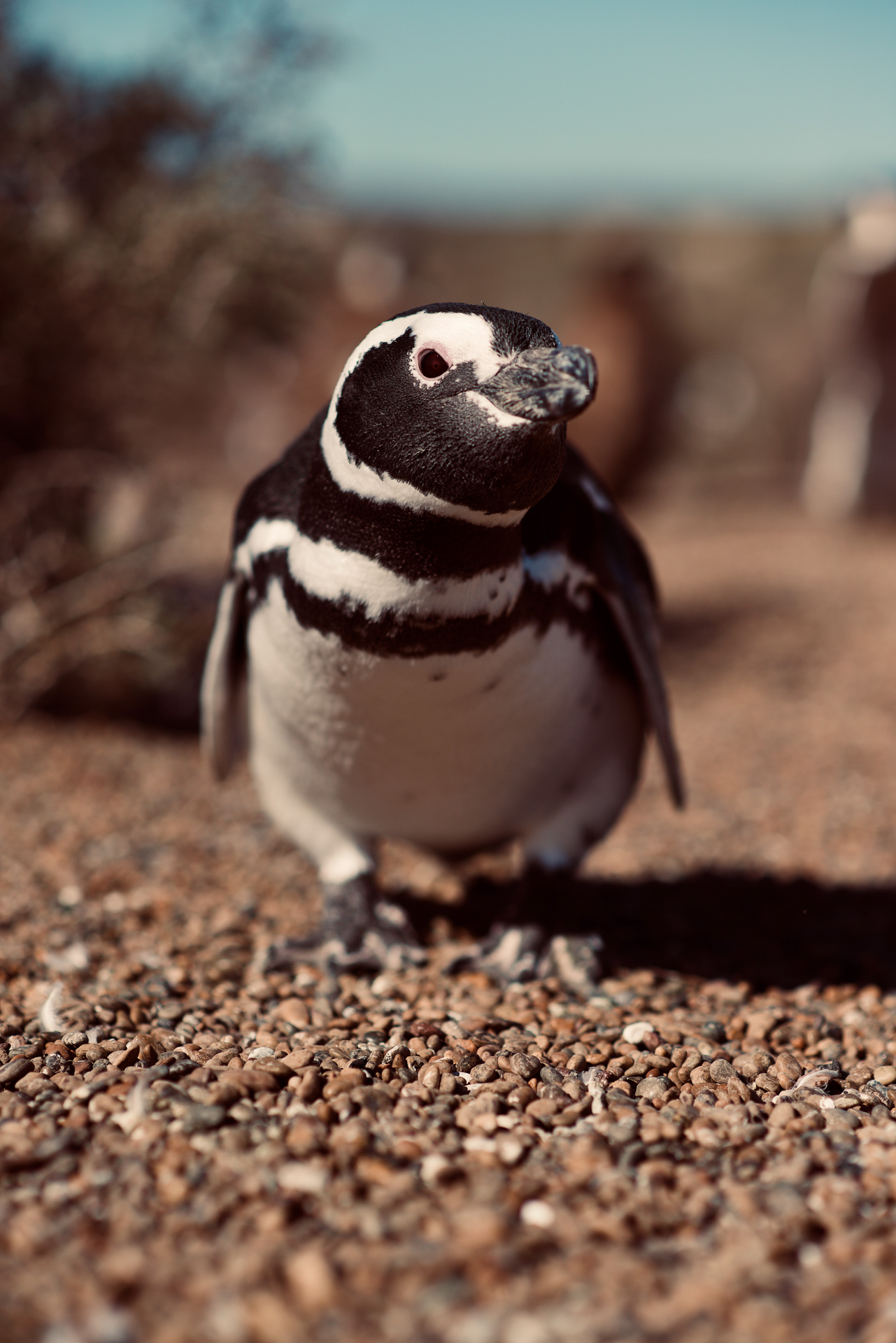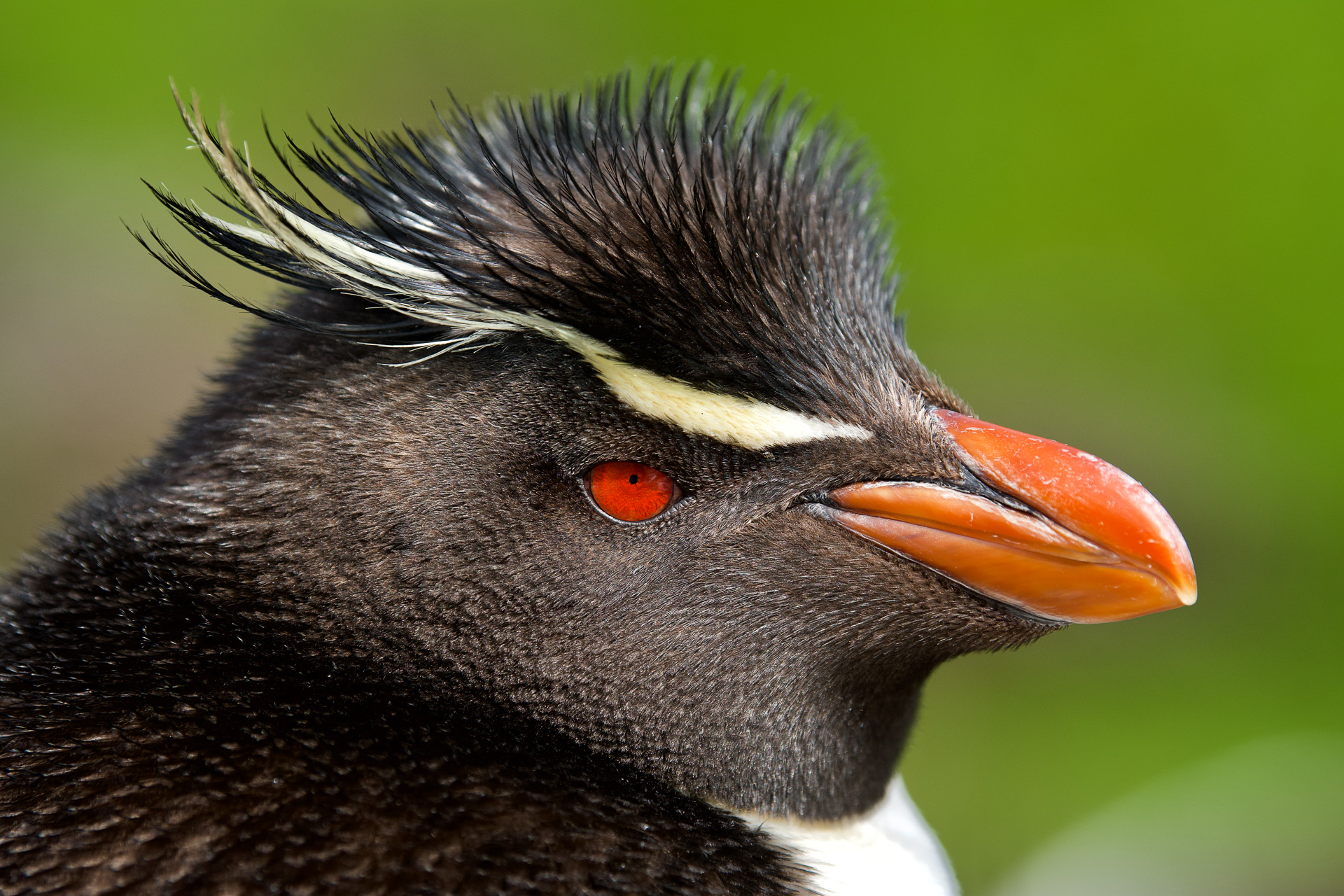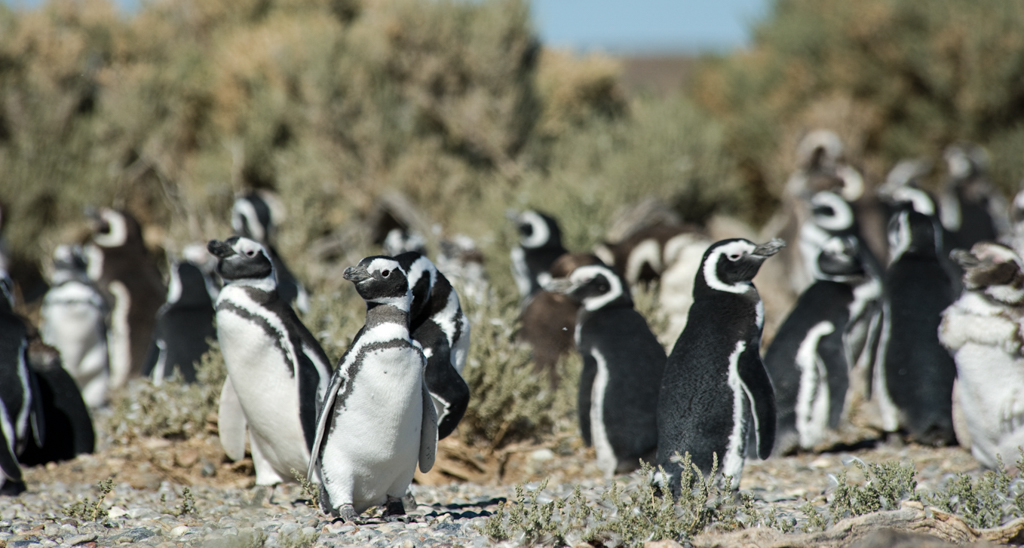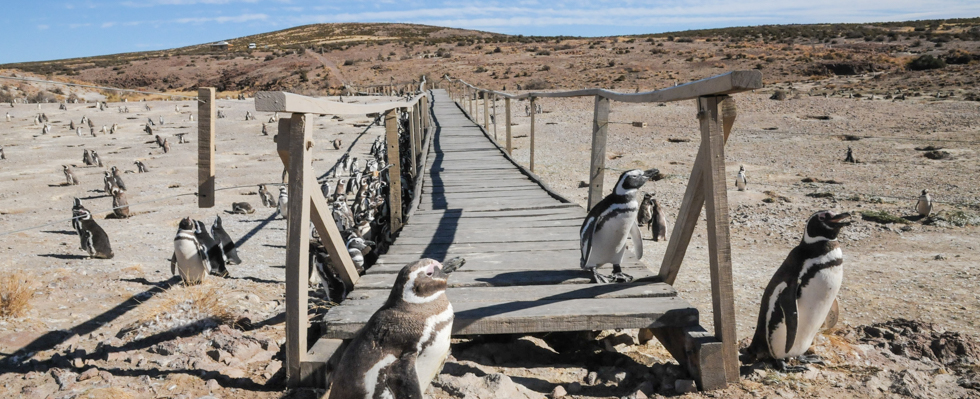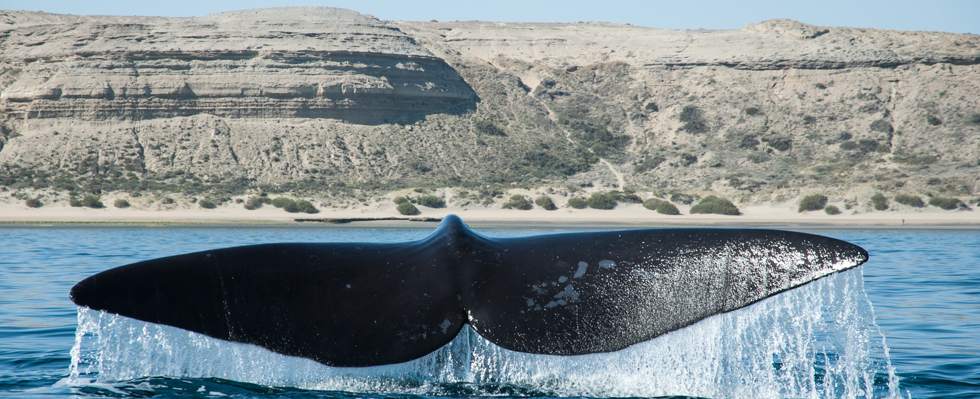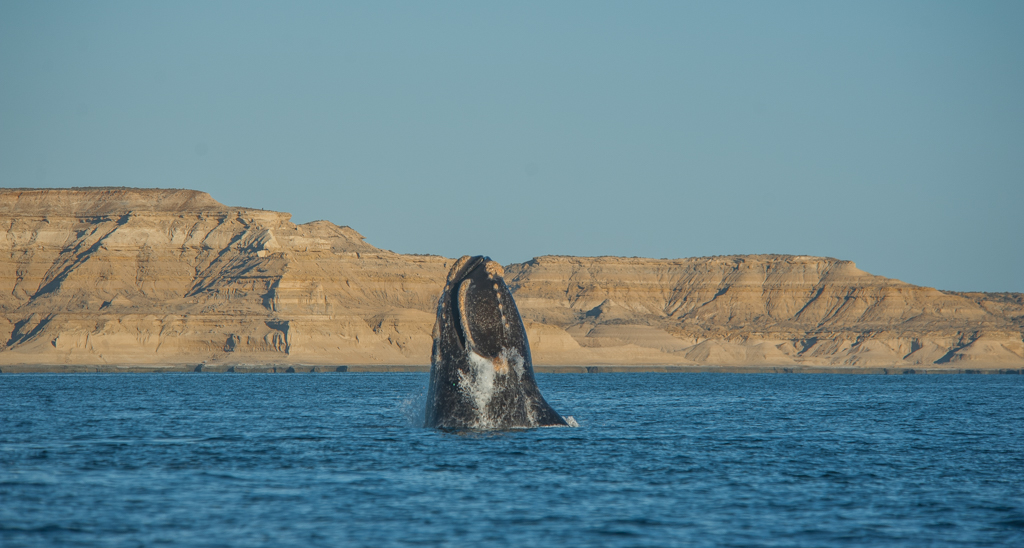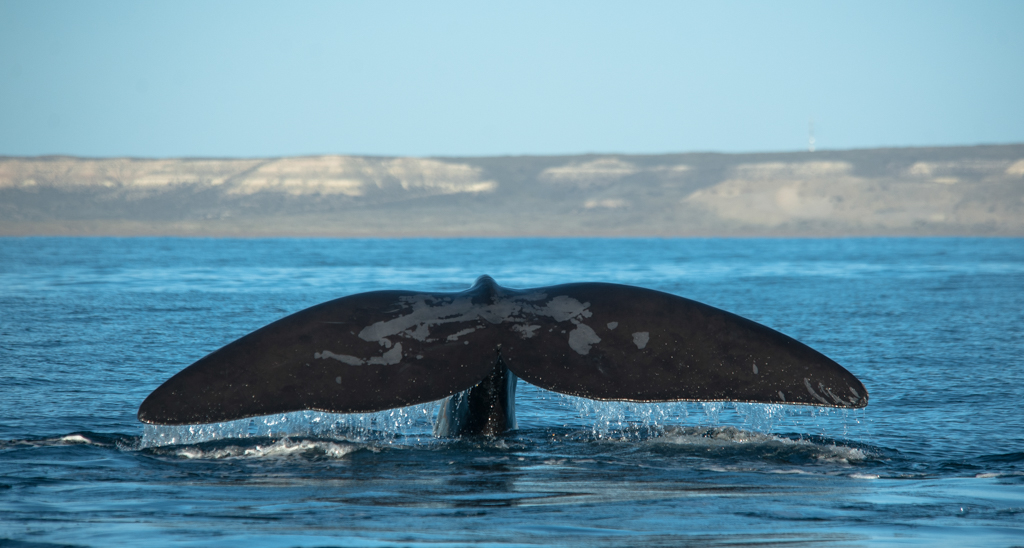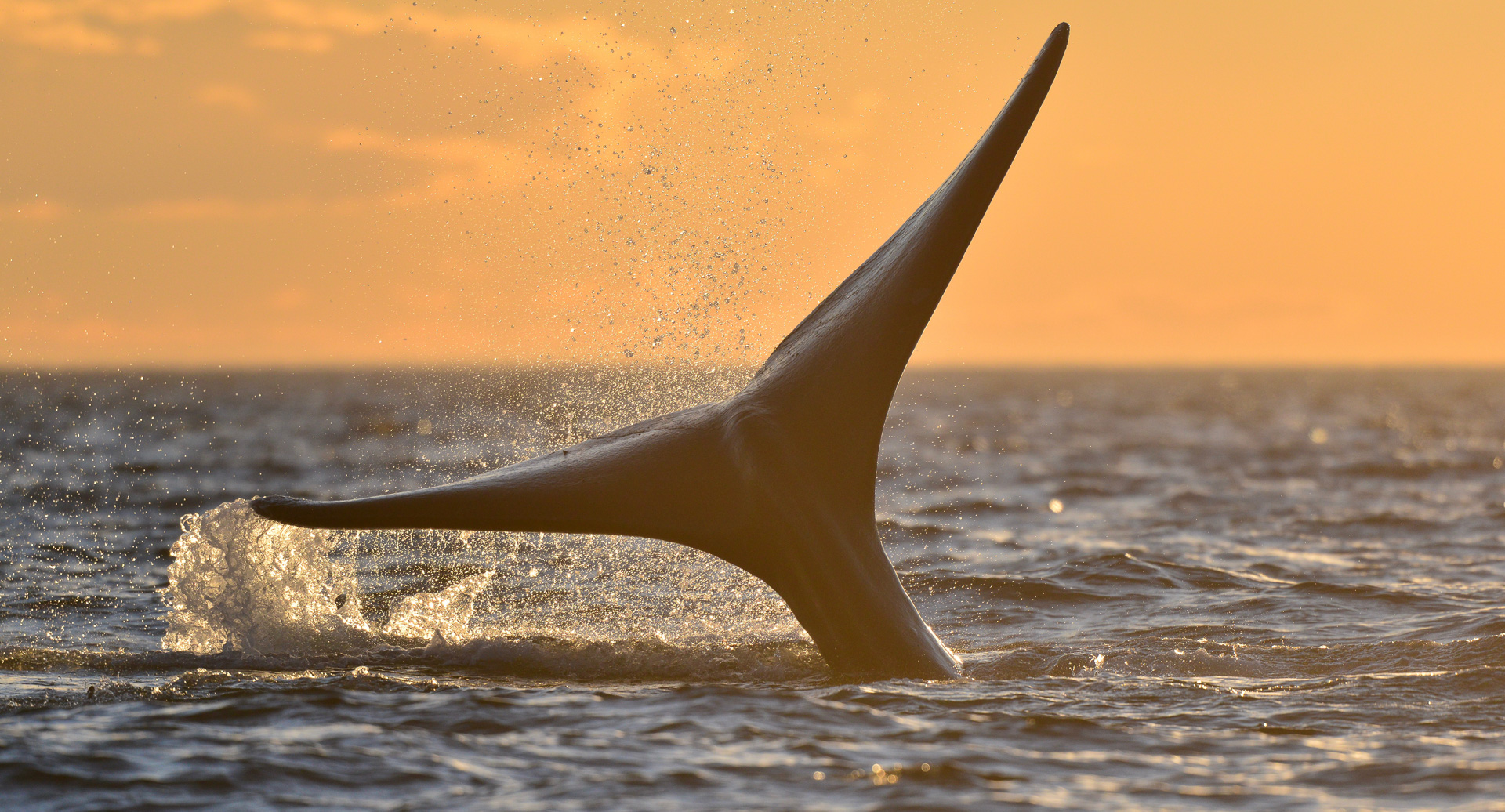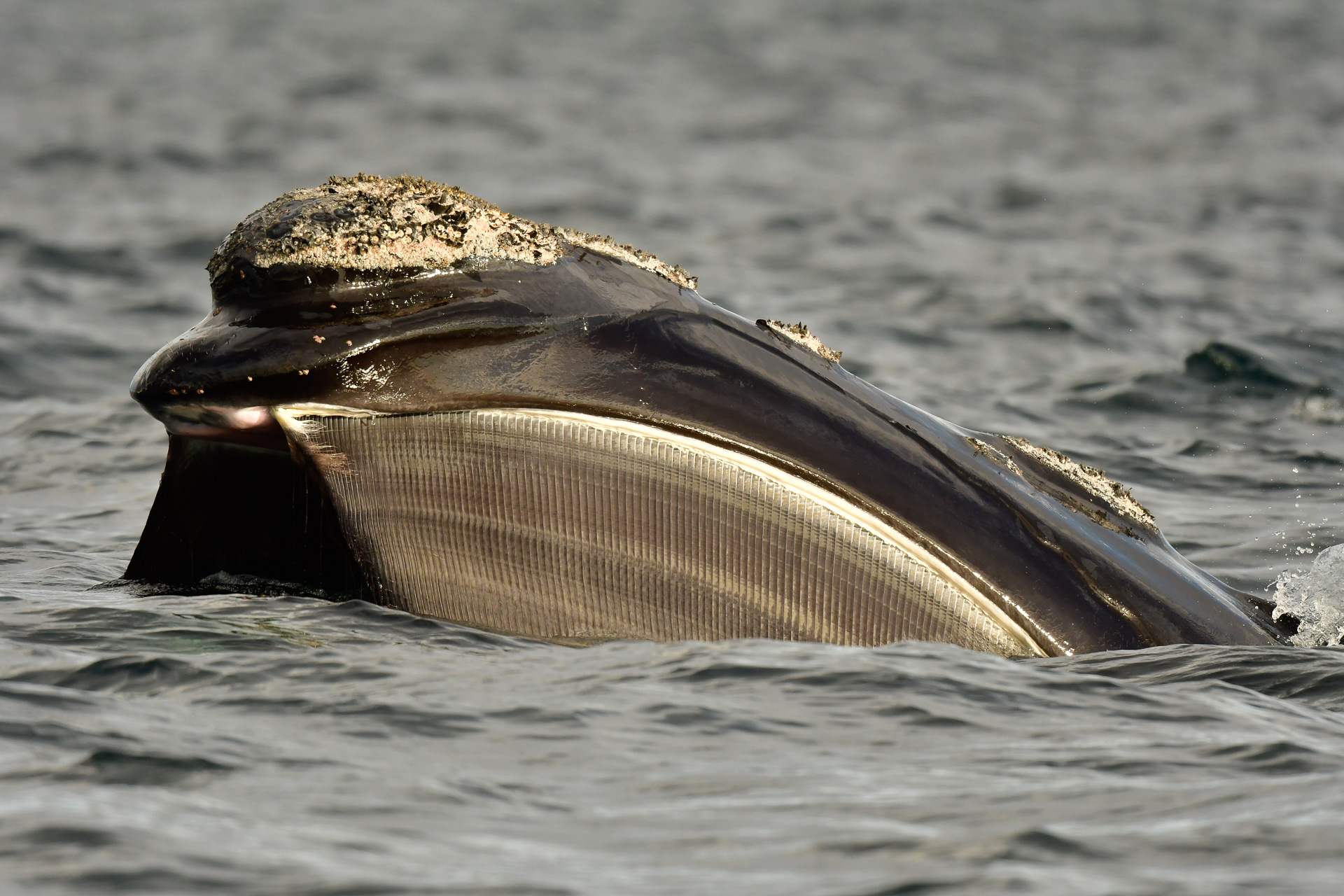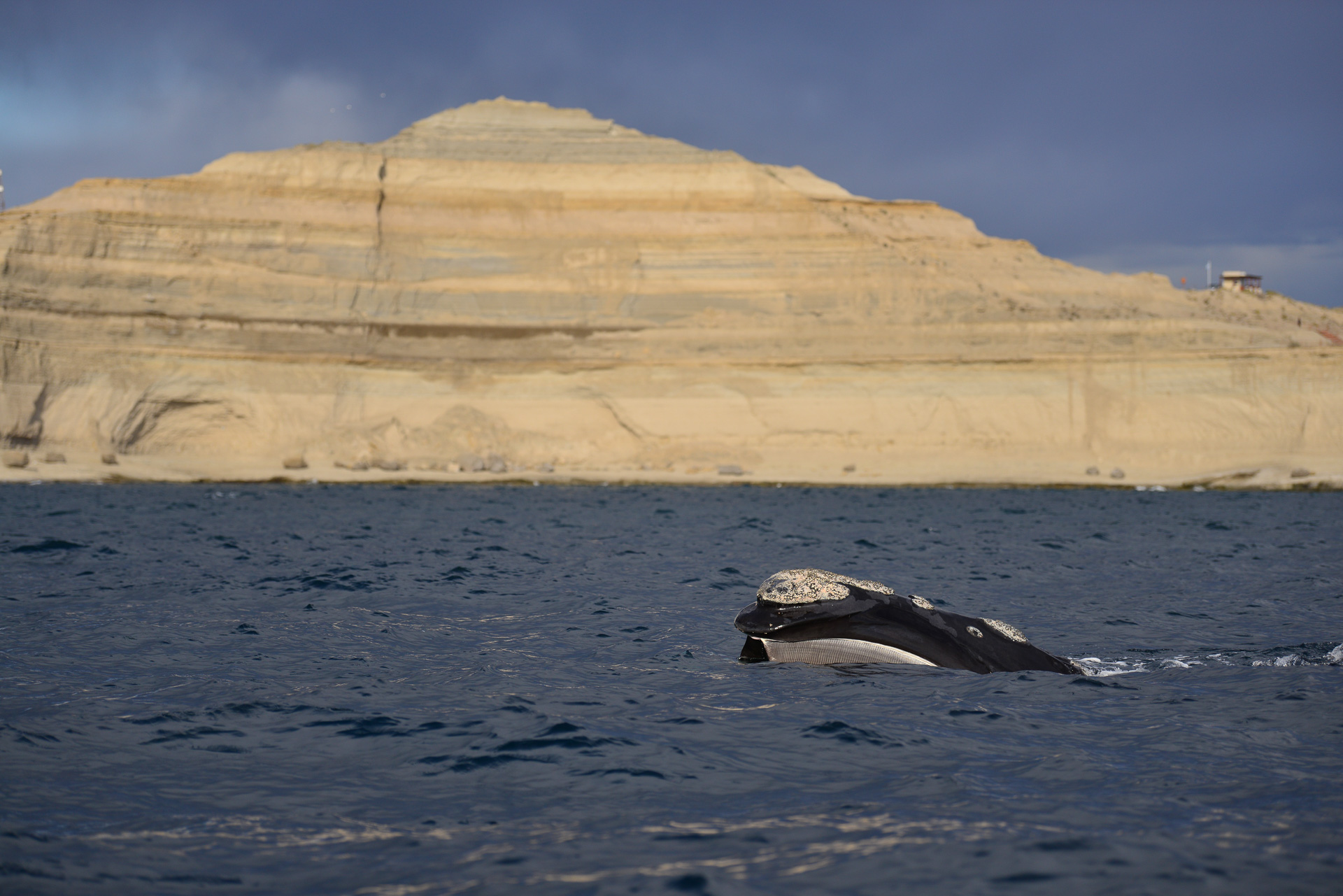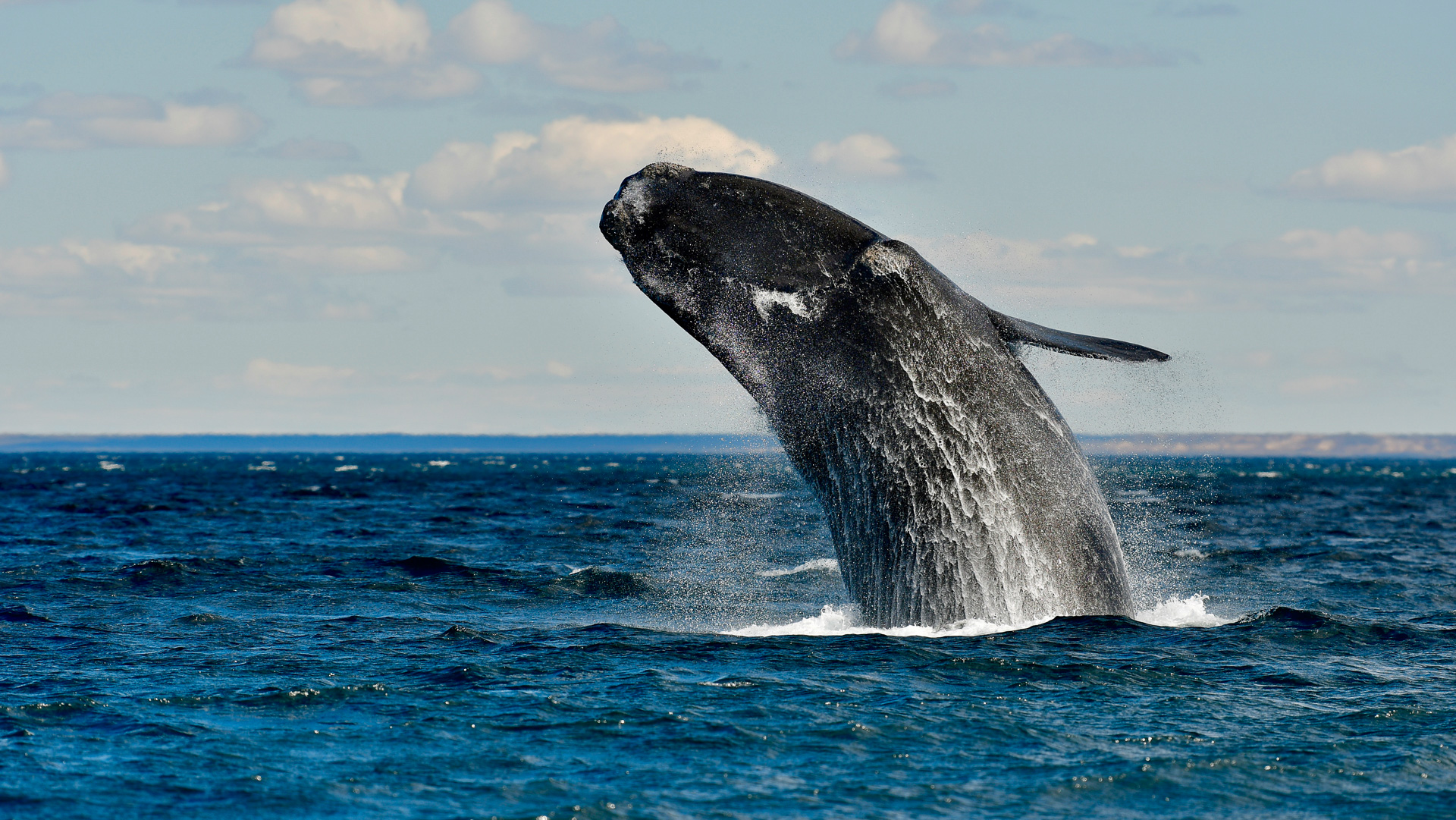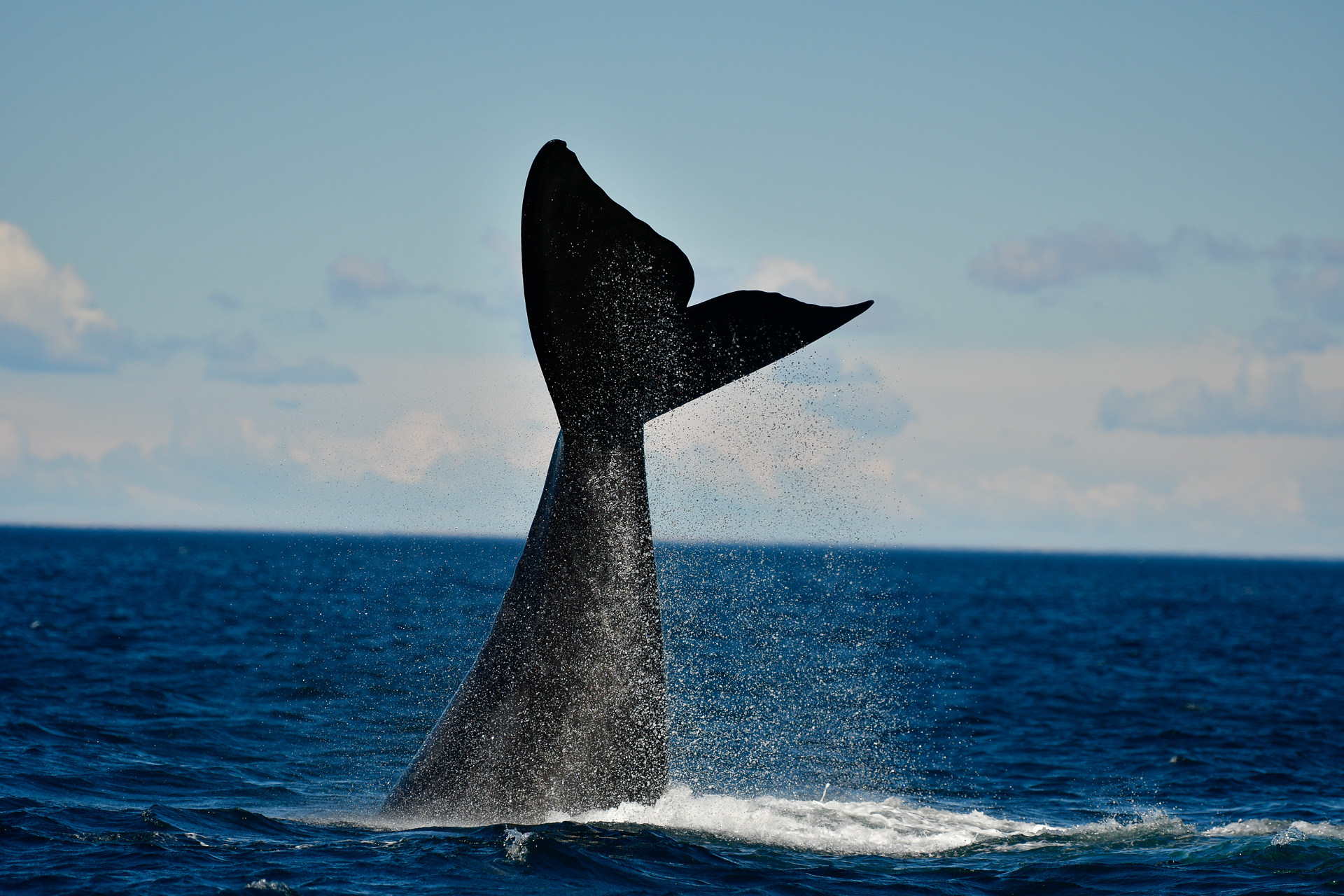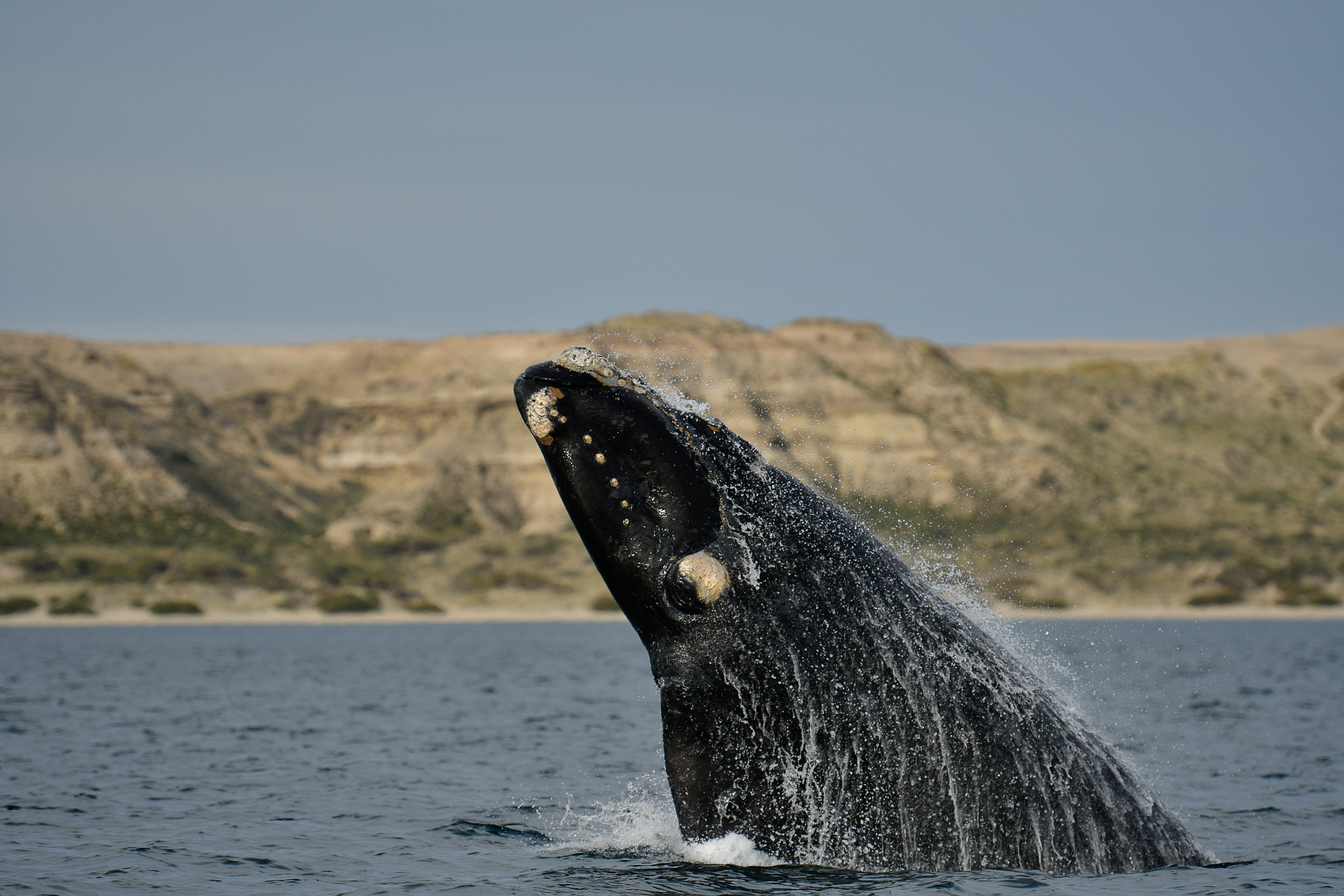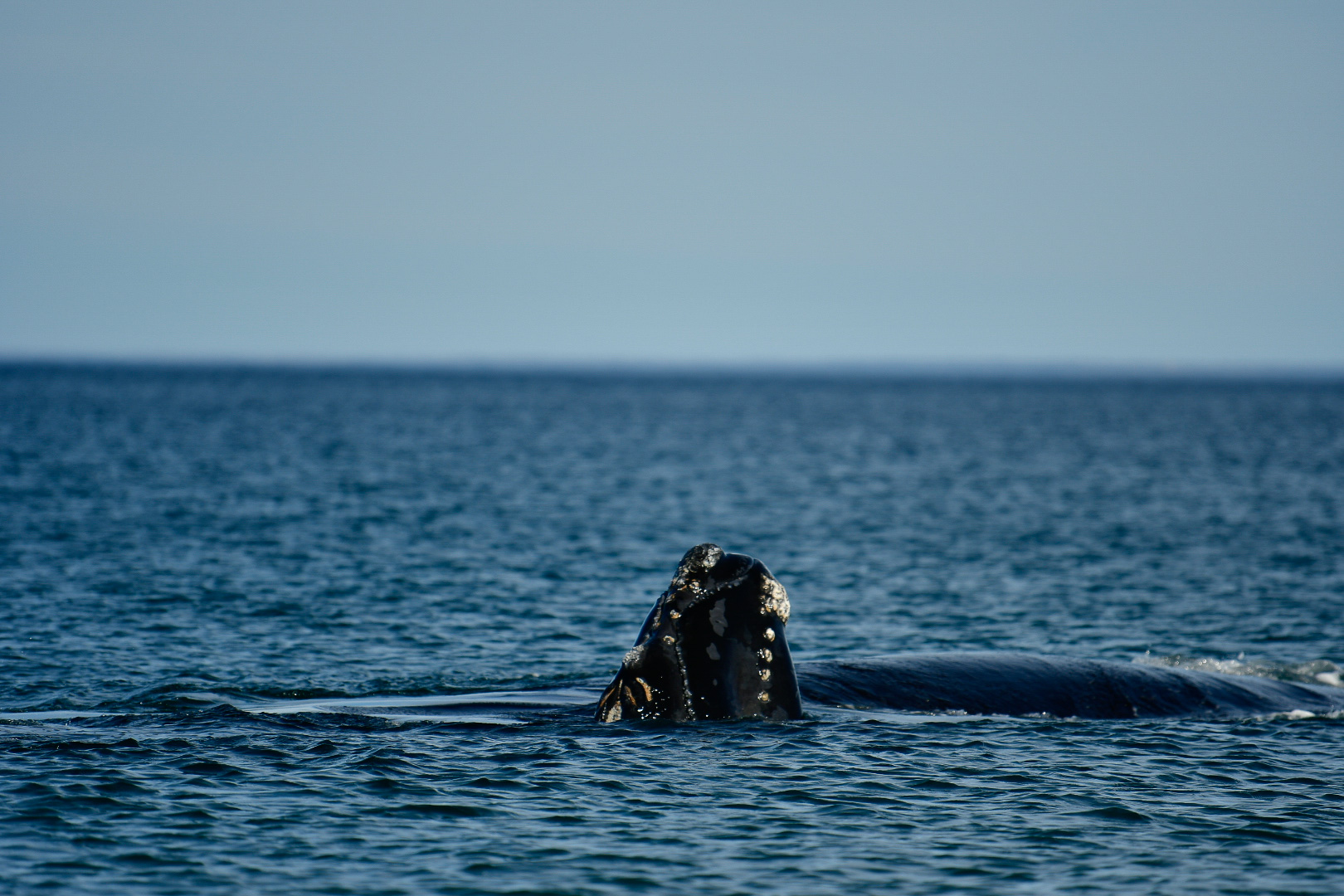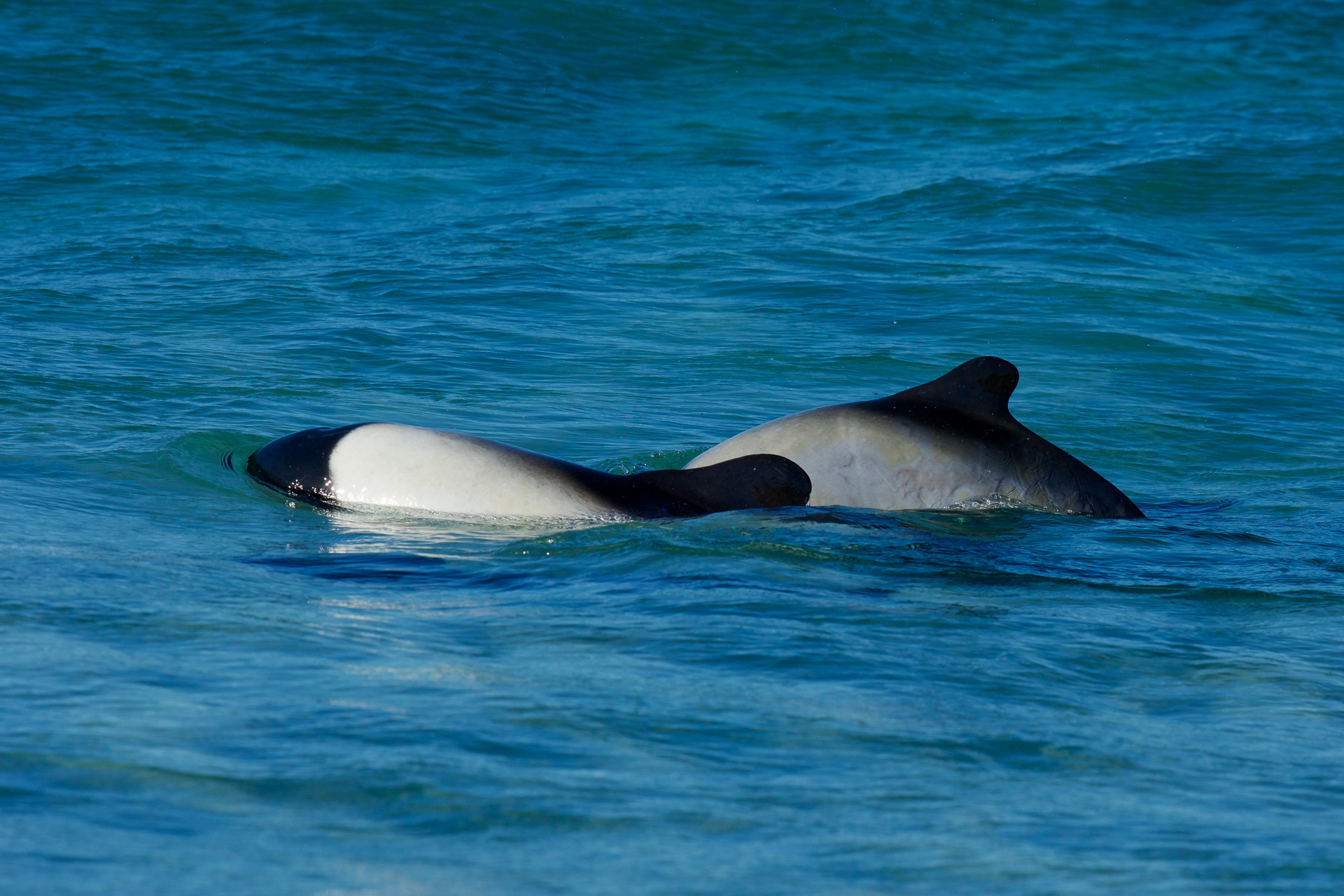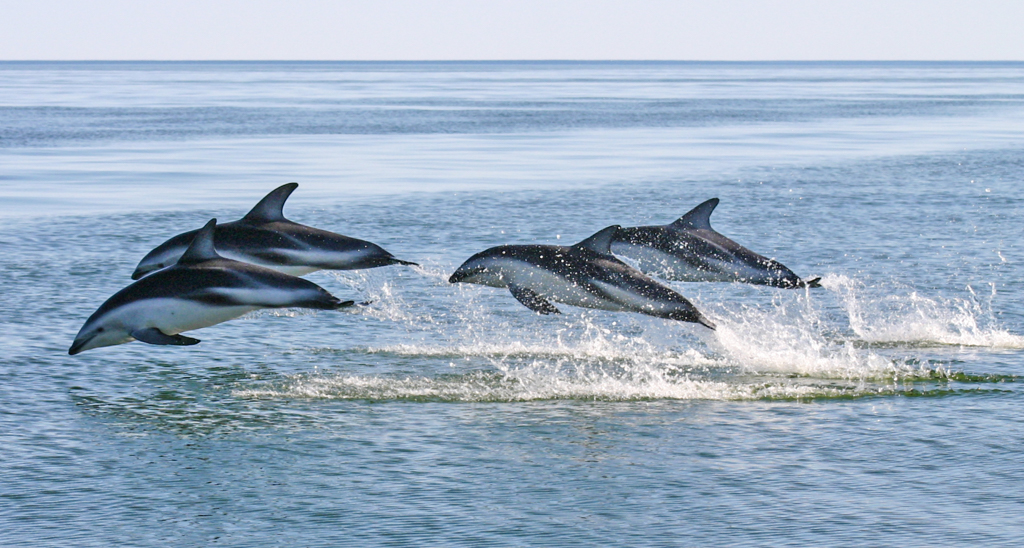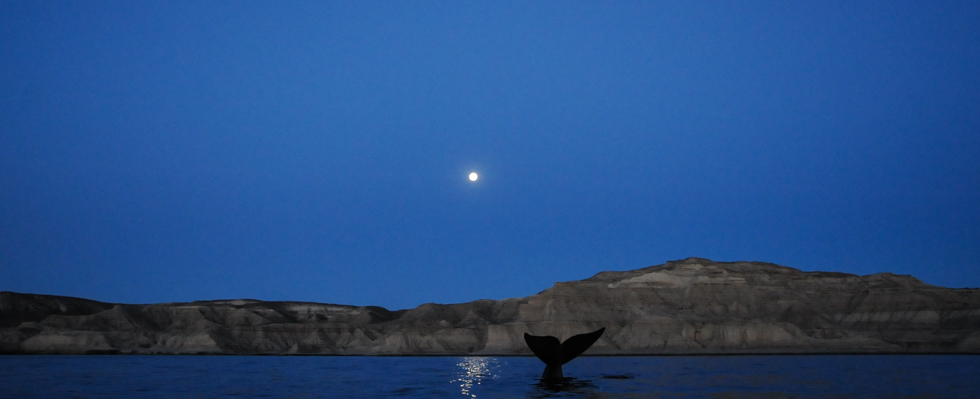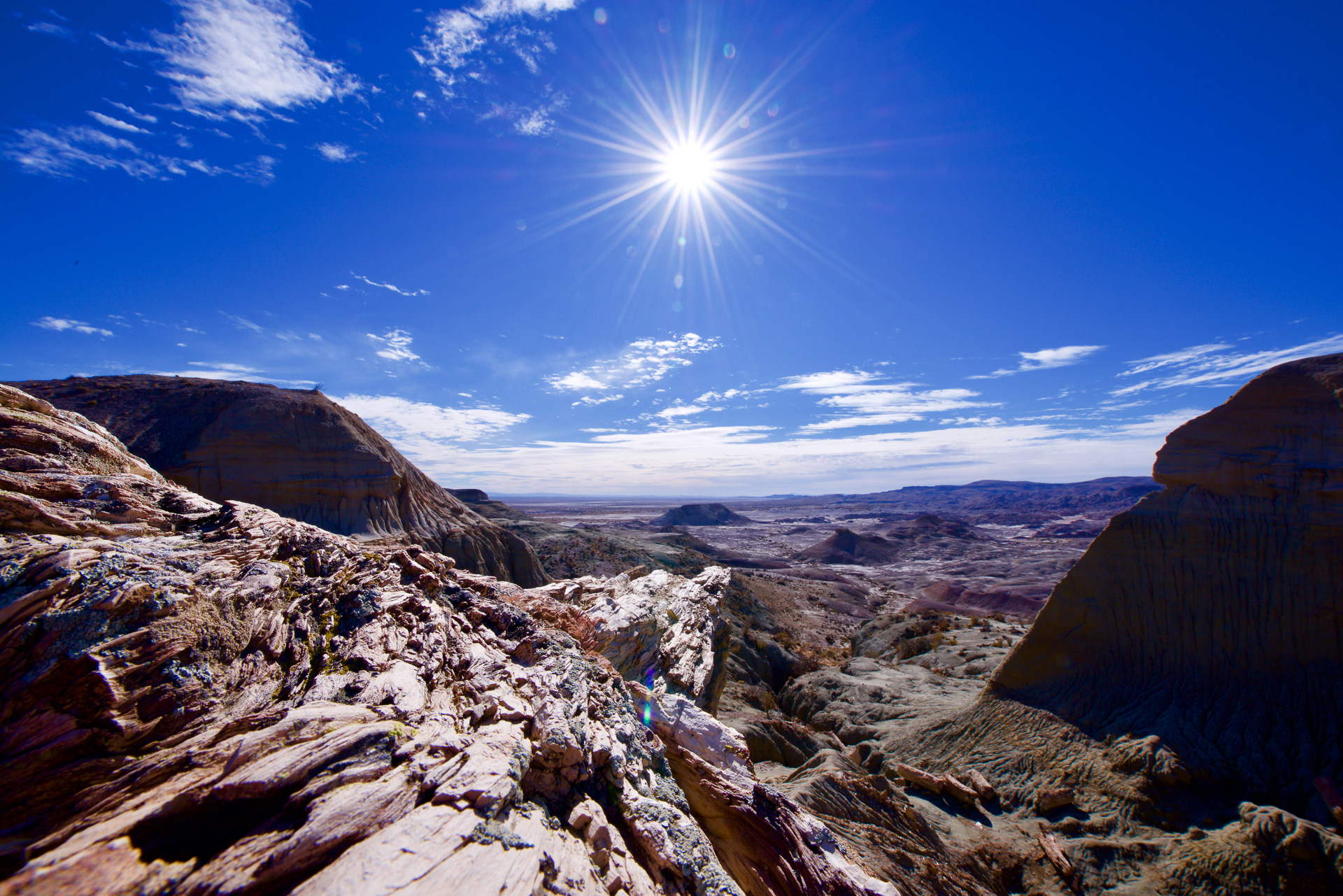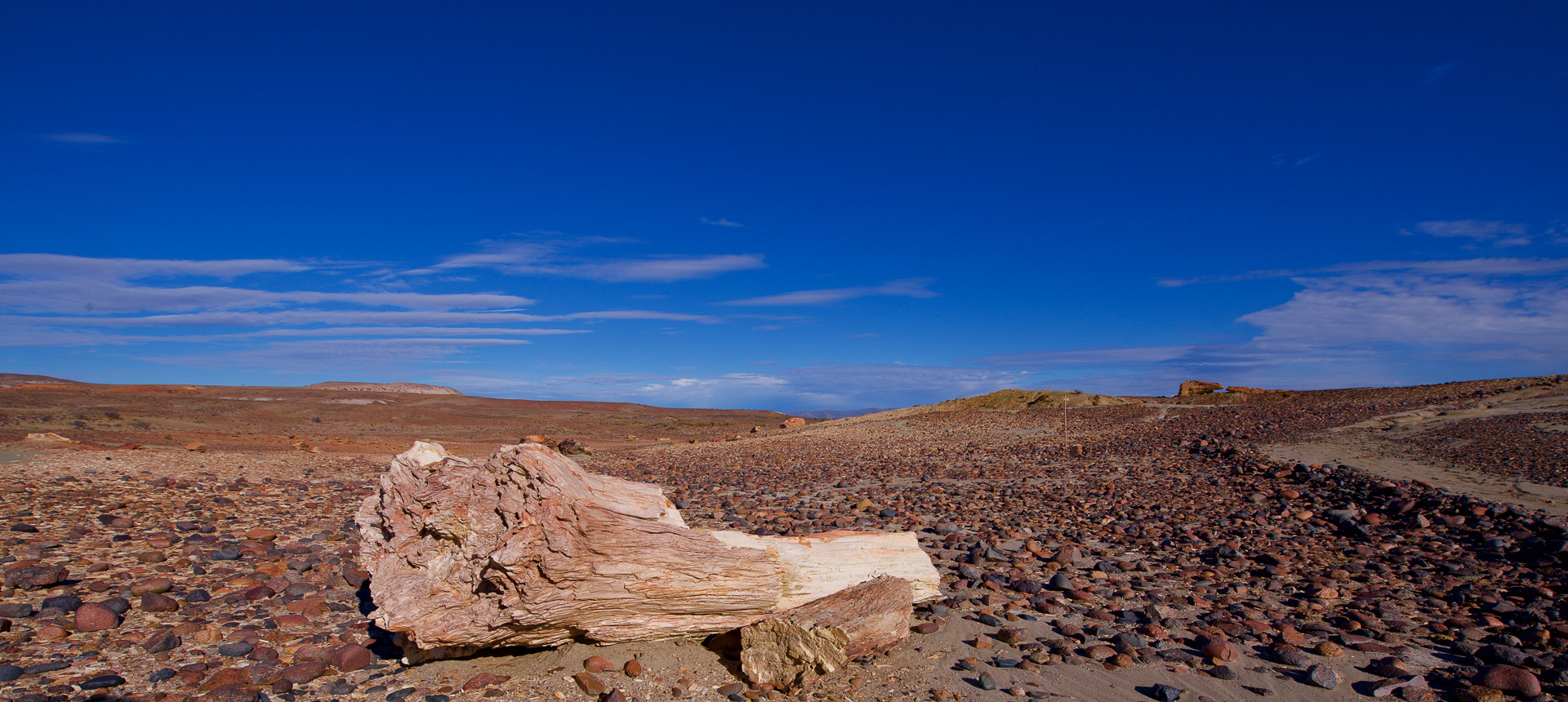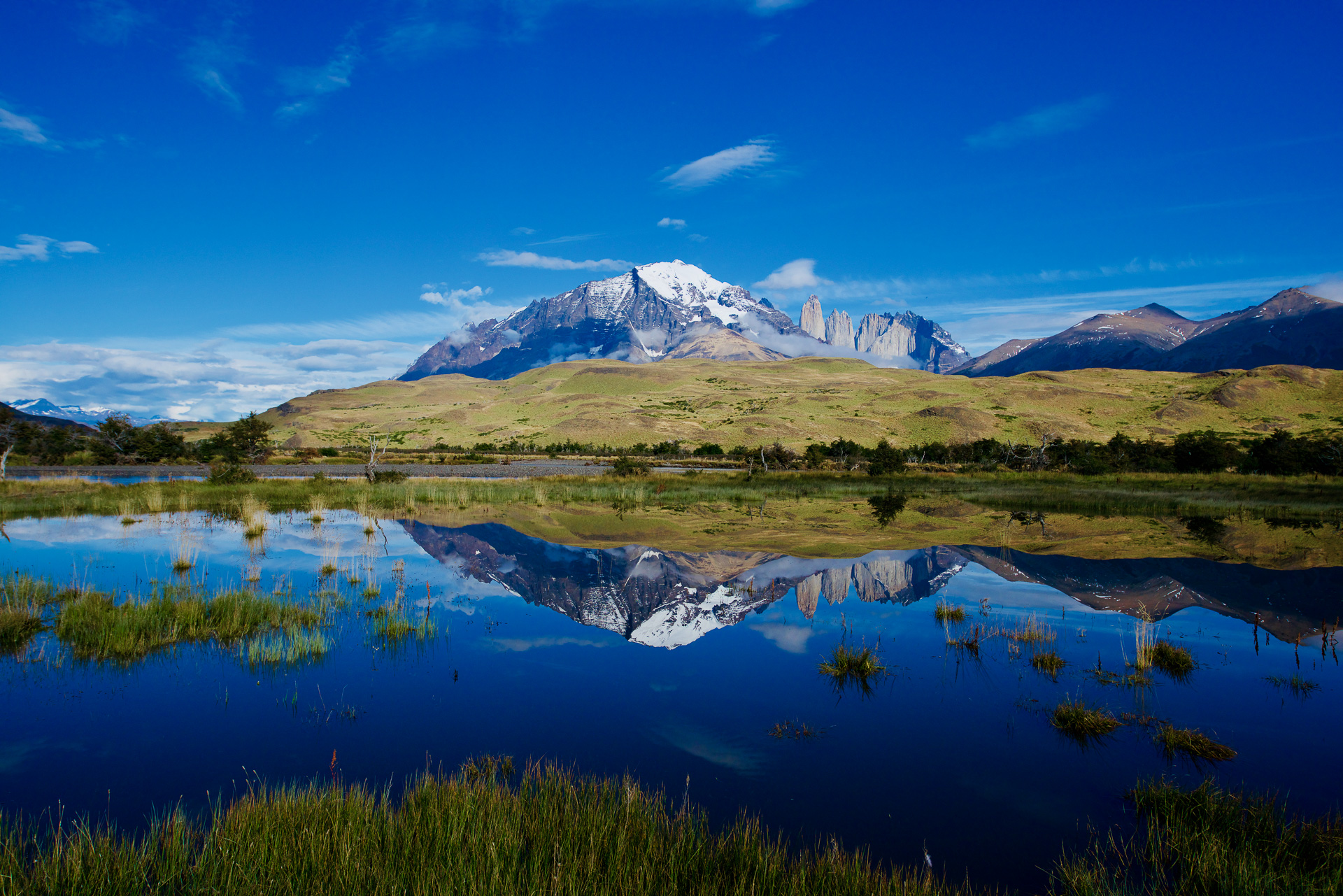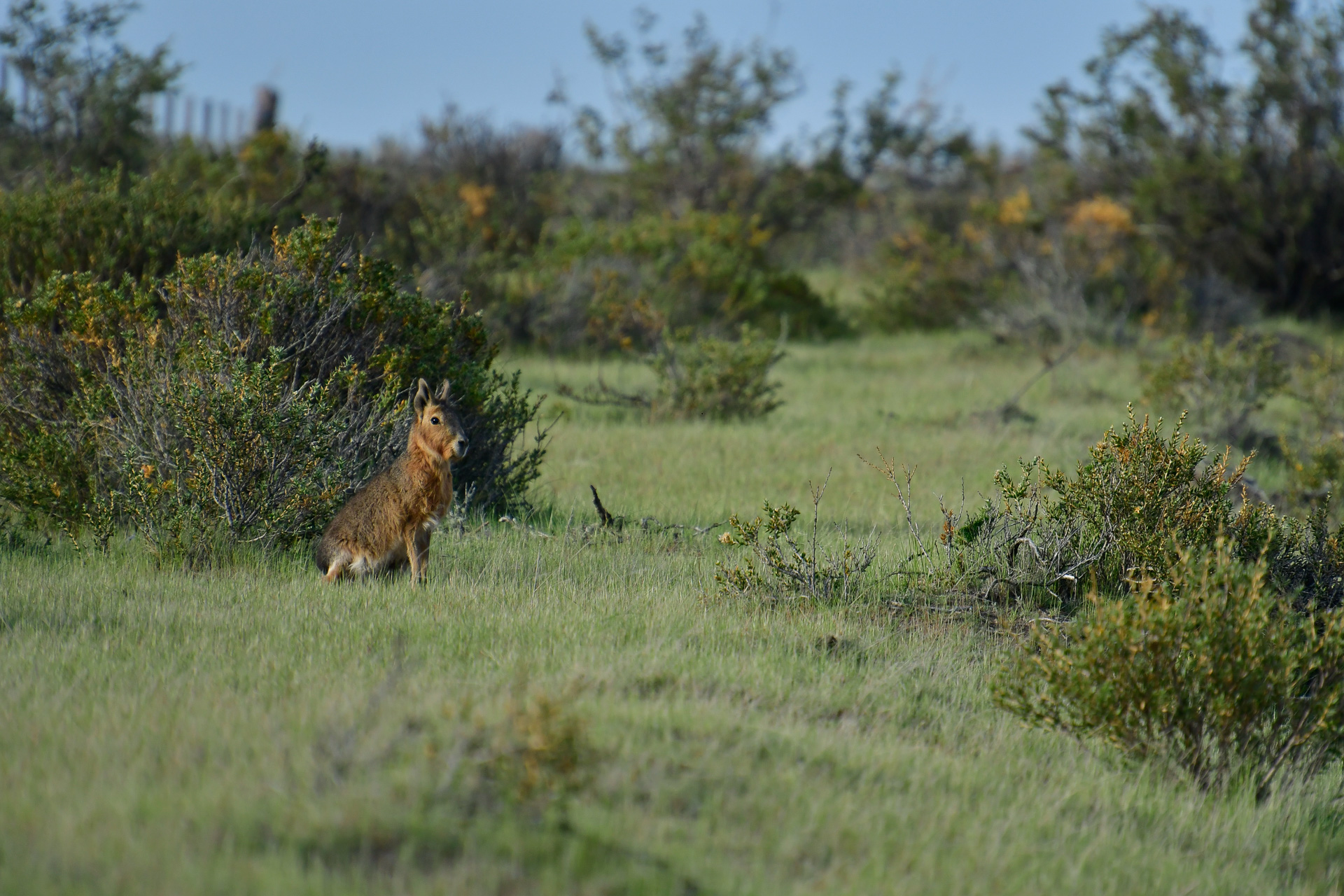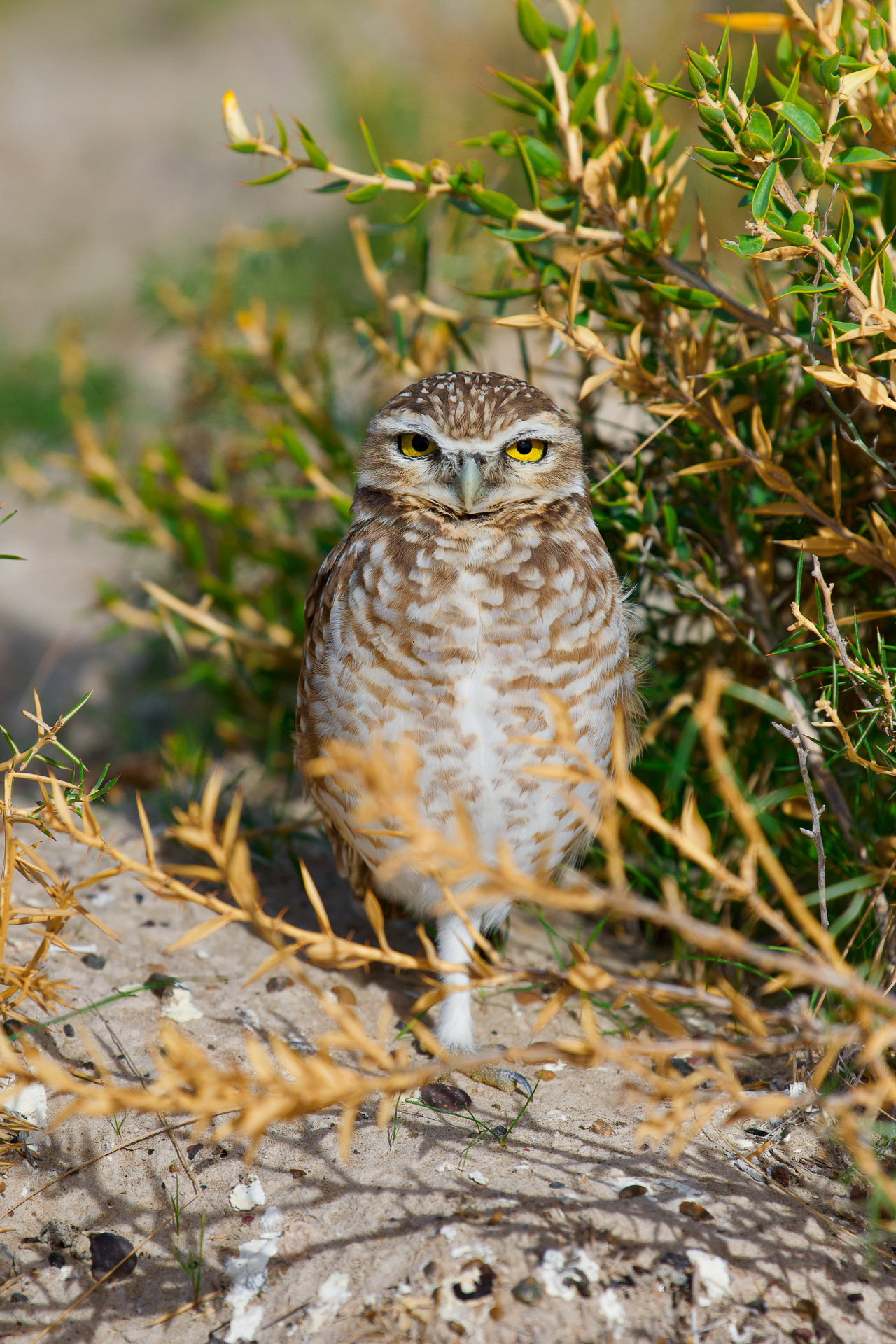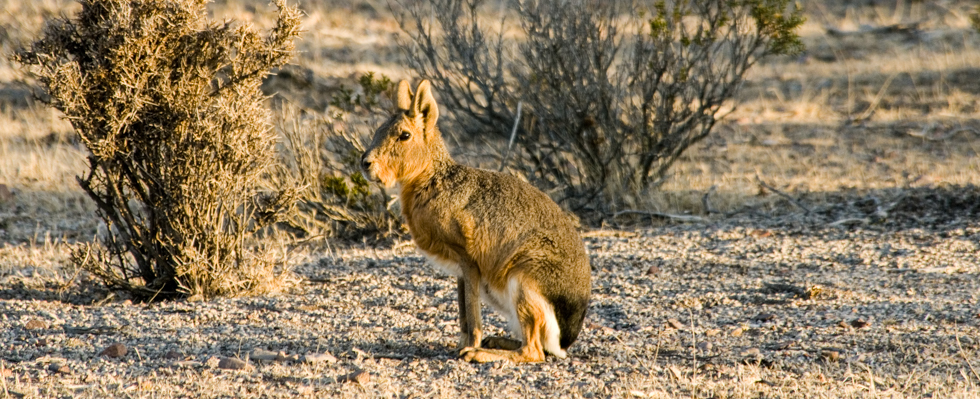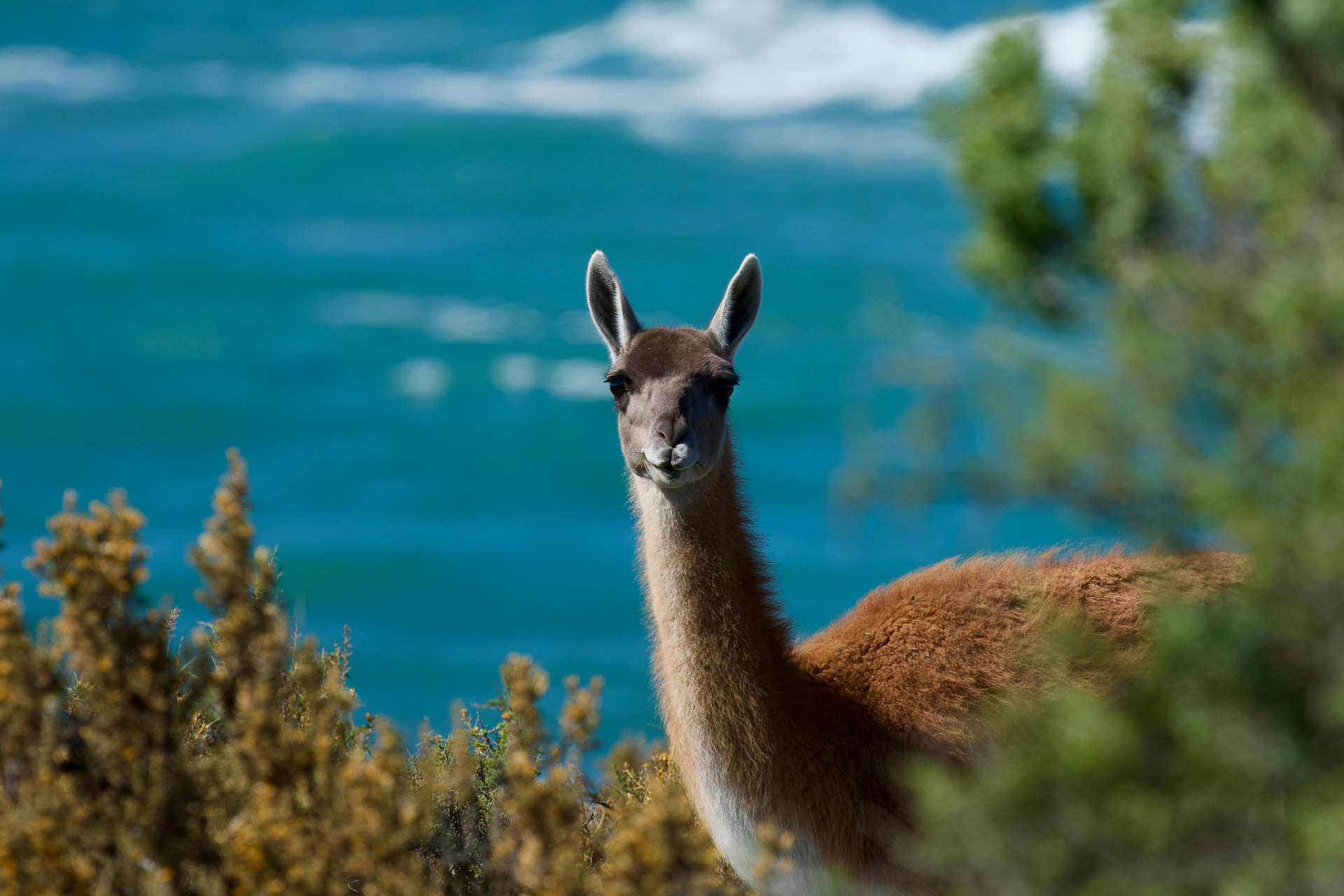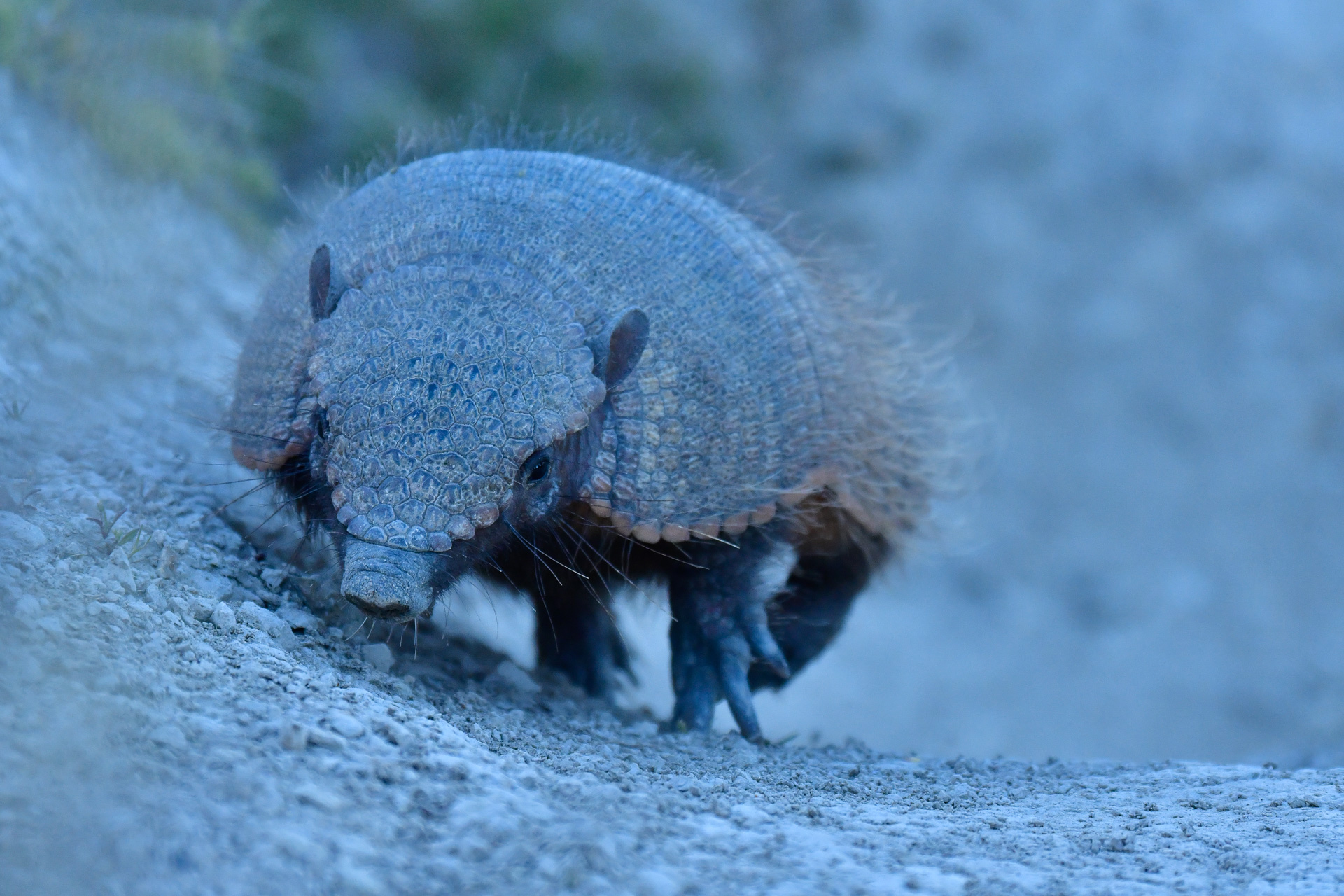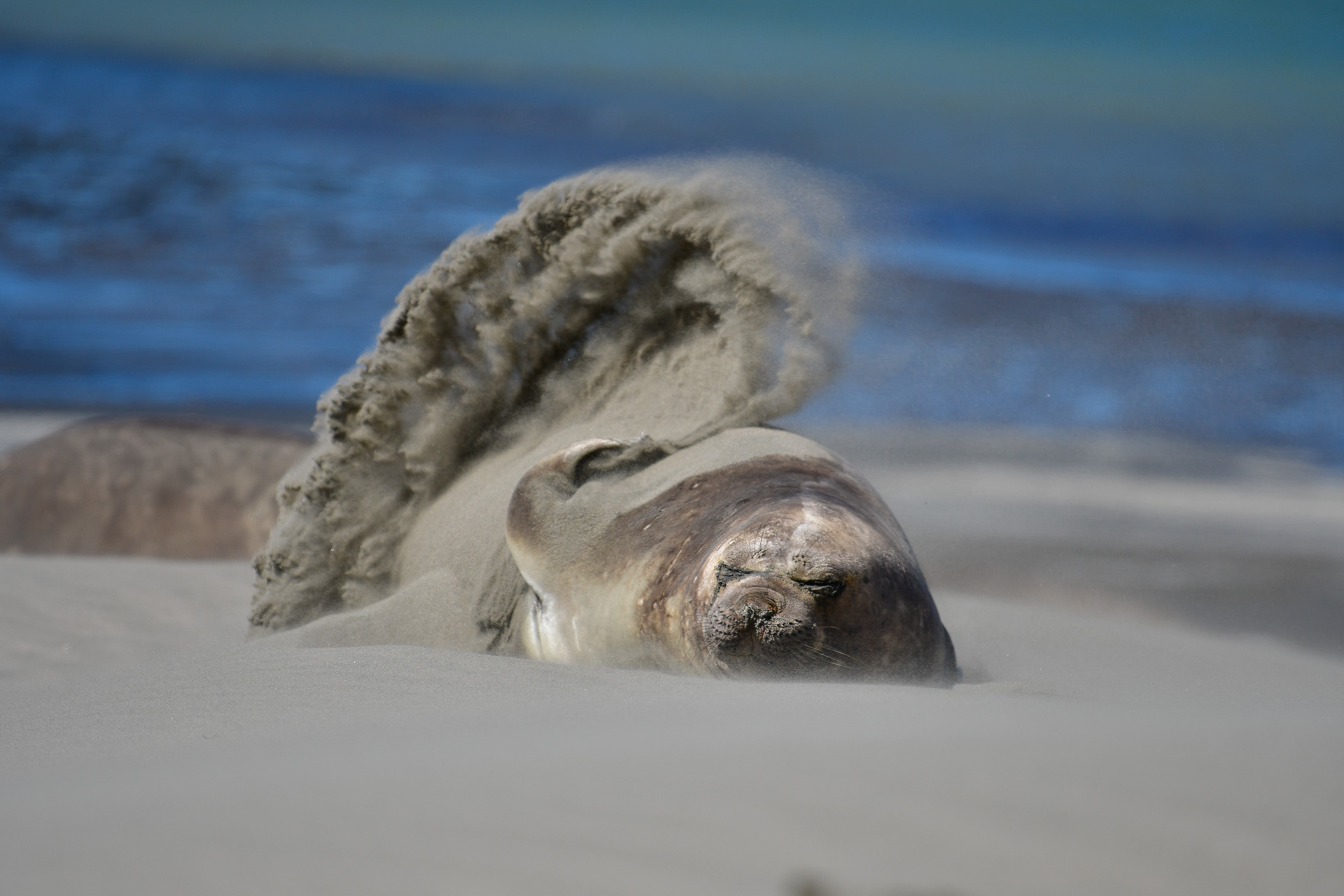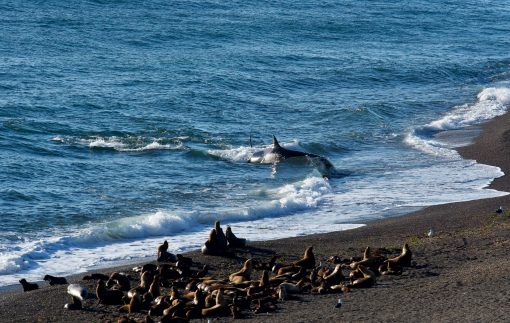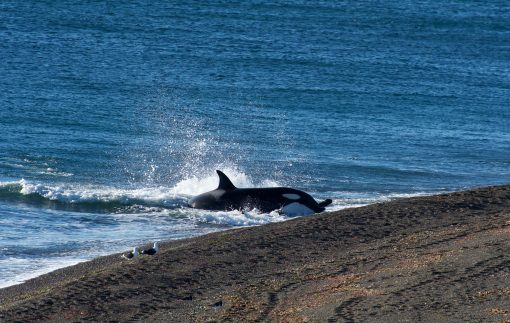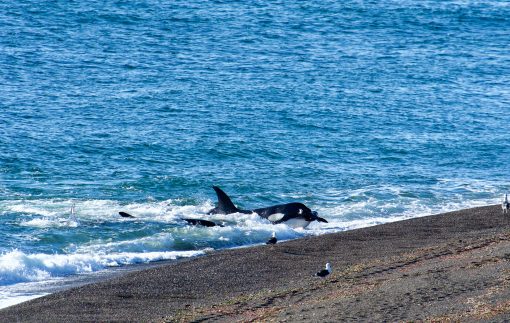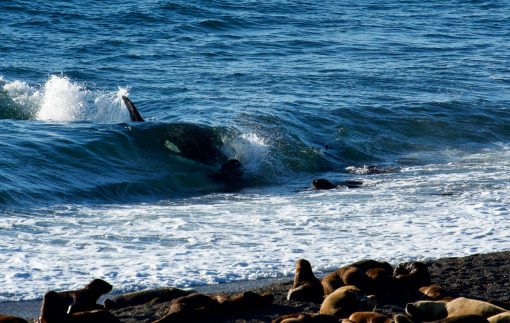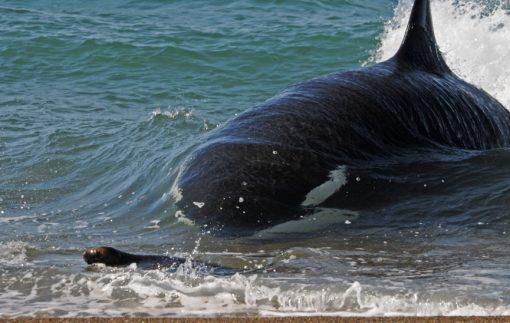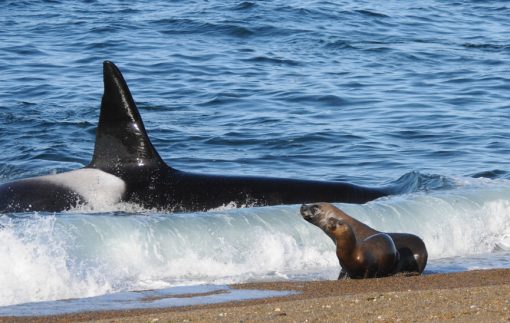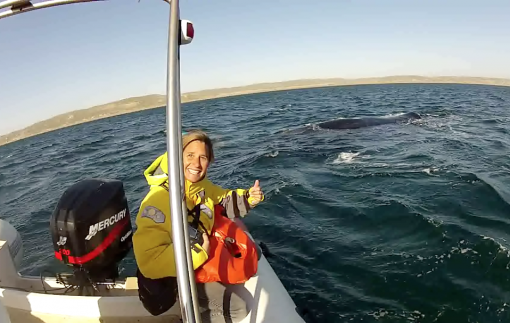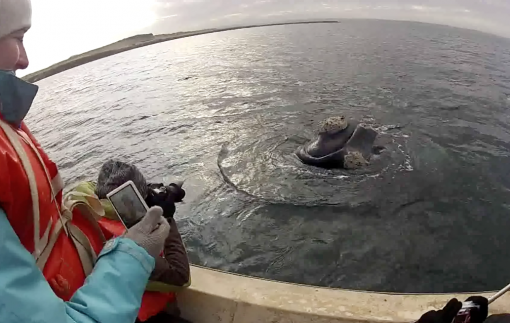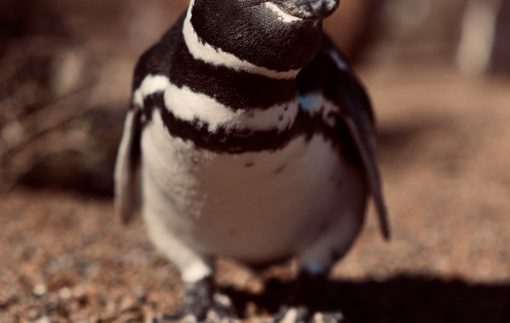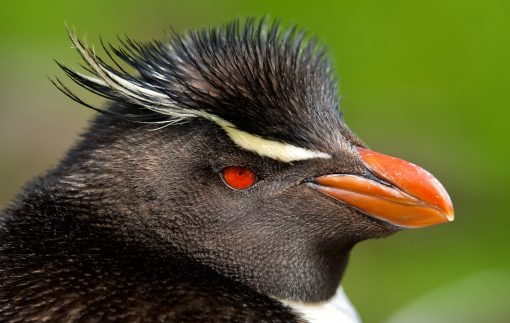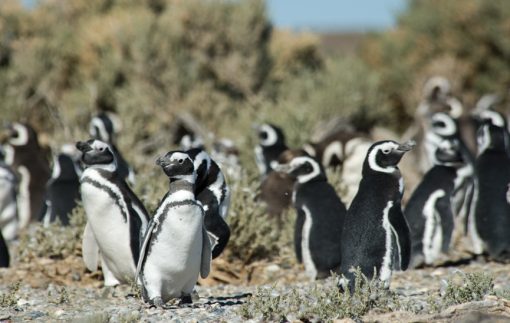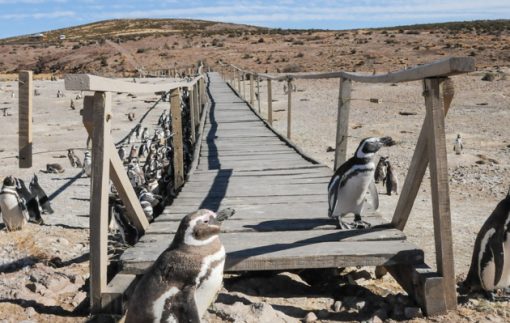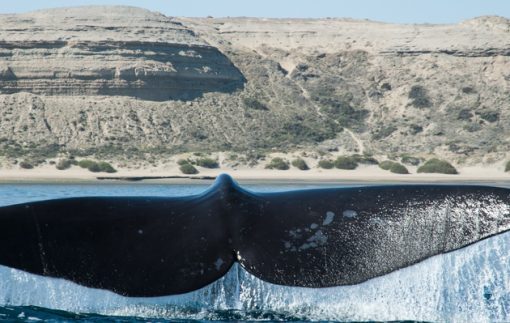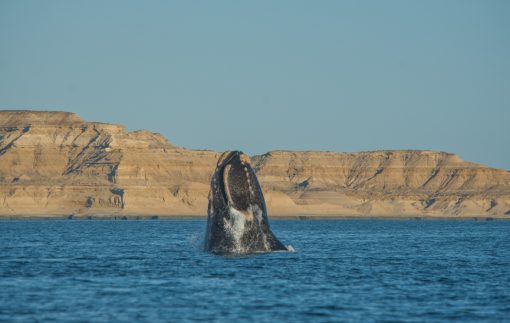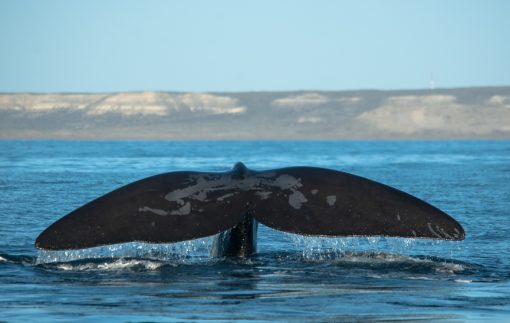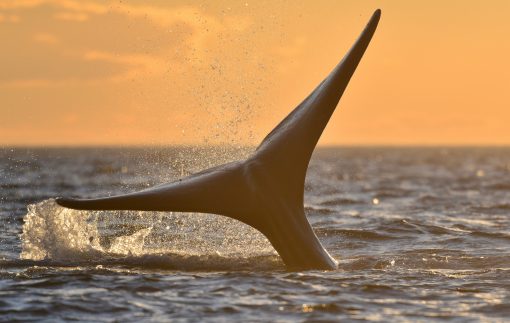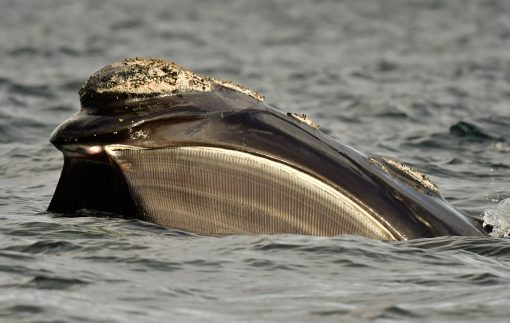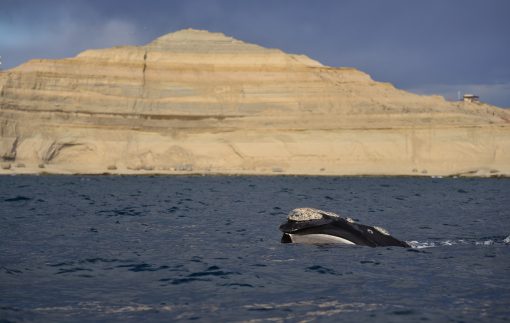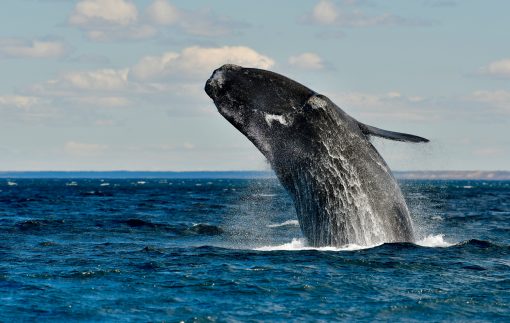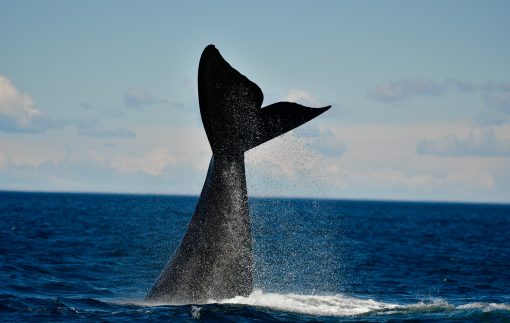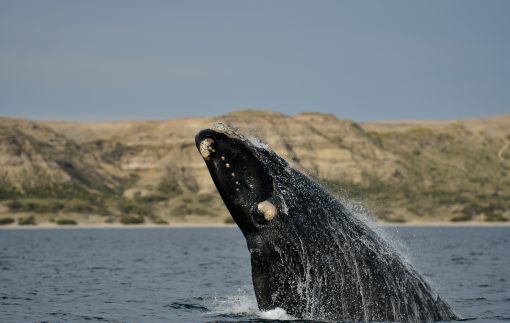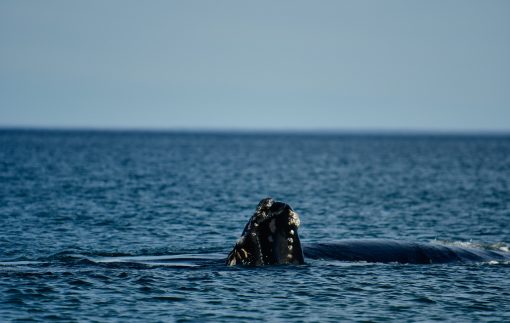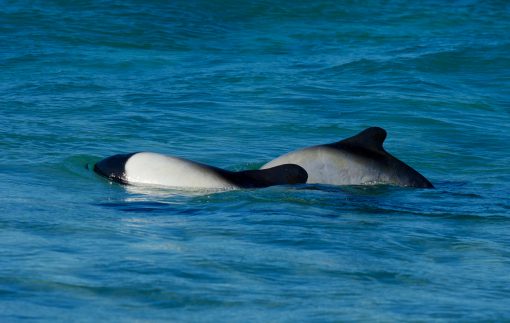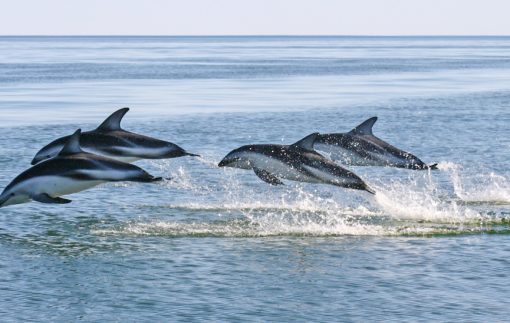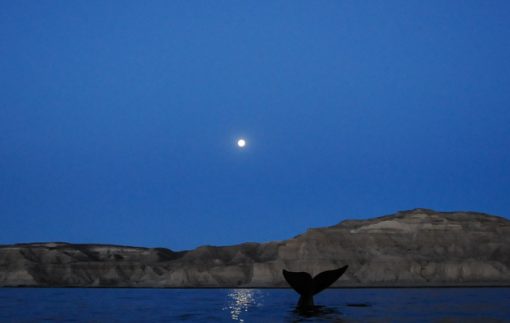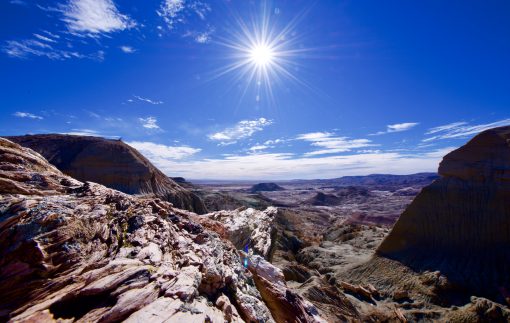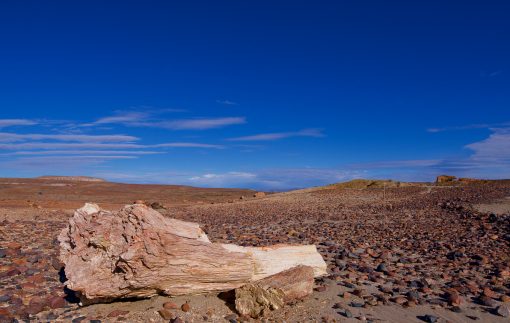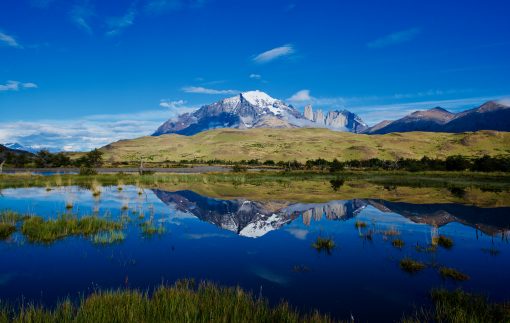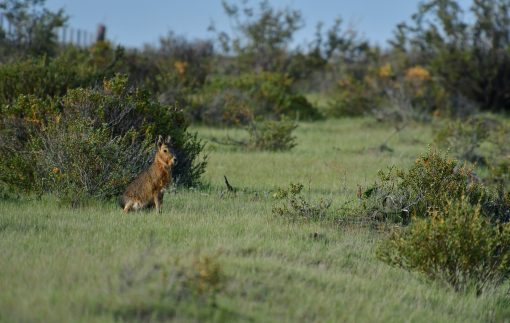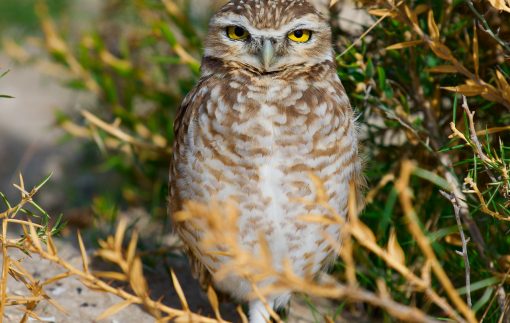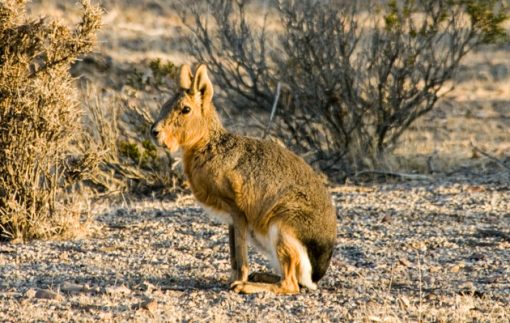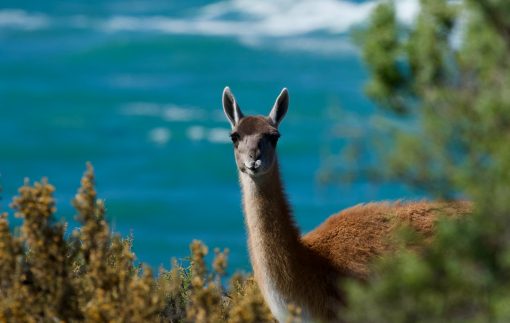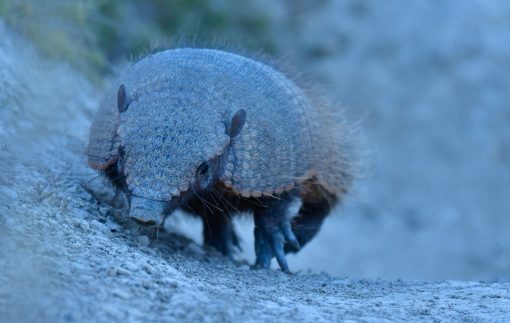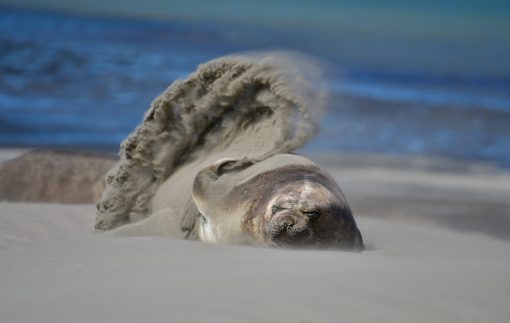Charter
Of course we also offer individual programs. Please let us know your wishes and we will do our best to organise a tailor made tour for you.
Special Tours
Apart from our annual travel programs, we organise special tours which are dedicated to a certain theme.
Photographers & film teams in Patagonia
Our expertise and experience prompt many film teams working together with us. In March 2011 the film team of Jean Michel Cousteau collaborated with us to shoot the 3D IMAX movie “Patagonia” which was shown for the first time in autumn 2013 in the theater. Lately we cooperated with the German film crew of Blue Note Productions together with the documentary film maker Norbert Vander to shoot both the 3D movies “Azores” and “Patagonia”.
The orca season in Patagonia
Peninsula Valdés
The peninsula Valdés is located in the North-East of the Argentinian province of Chubut on the Atlantic coast. Approximately 3625 km² in size, it is an important nature reserve and was classified as a World Natural Heritage site by UNESCO in 1999. The Peninsula consists mainly of sparse landscapes with some small salt lakes. It is of particular importance because of the marine mammals that inhabit the coastline: sea lions, elephant seals, dolphins and fur seals. Southern Right Whales can be found in Golfo Nuevo and Golfo San José which are protected areas in the ocean located between the peninsula and the Patagonian mainland. However, Valdés became famous for the orcas and their spectacular hunting technique which they use to catch seal pups off the beach. Researchers call this method an “intentional stranding”.
The orcas of Valdés
Orcas have been observed hunting around the cape of Punta Norte since 1976. Two male orcas taught the whole population how to successfully catch sea lion pups off the beach. A technique that is now transferred from generation to generation. Nowadays up to 13 resident orcas showcase their sophisticated hunting skills. If you have ever seen footage of such an attack, it was without doubt filmed at Punta Norte on a 50 meter wide so-called “attack channel”. This area is not accessible for tourists. Only photographers or film makers with a special government permit are allowed to enter this area. Patagonia Project has been cooperating closely with the authorities and the Orca Project since 1993, which is why we get the special permits for the beaches. The orcas can only get to the beach for hunting if the flood level allows. Therefore, at dawn you go to the orca observation point. Three hours before high tide until three hours after the flood there will be the best opportunity to observe the orcas during their hunt.
The spectacle
Each year between February and April small nurseries of baby sea lions play in the shallow surf close to the beach. They are very young, just learning how to swim and unaware of danger. Even their mothers are slow to warn and protect them when the orcas begin the approach. A giant dorsal fin breaks the surface in the hunting channel. Again and again, the orca swims back and forth waiting for inexperienced young pups to approach the surf. With its echolocation skills the orca scans the shallow water and receives a detailed picture of what is going on beneath the surface. It also possesses the ability to determine whether the prey is an adult animal or a juvenile. The chances of capturing an adult sea lion are less than 20%, whereas catching younger animals offers a chance of more than 50%. Which is why instead of wasting energy on chasing experienced and fast seals, the orca rather concentrates on the less challenging young pups. The whale positions itself while waiting for the right wave to emerge. The timing has to be right and then everything happens in the blink of an eye… The dorsal fin appears again, cutting through the water. As the wave rolls back we can see the whale with its whole body lying on the beach. In the mouth there dithers a seal pub which is stunned by the orca with three or four strokes on the water. Then the whale waits for the next waves to come which bring it back into the deep water. Those are the most dramatic moments for the best shots. Often, after catching a pup, the orcas teach their calves this hunting strategy. This is also a part of the life of an orca and if we are lucky we will be able to take pictures of this situation.
Nature can be harsh, but in the end it is simply food intake, a unique hunting technique and a way to survive. There is no difference between the hunt of the Valdés-Orcas and a lion capturing a zebra or a snake devouring a frog. Despite the cruelty, it is truly amazing to be able to watch these top predators working collaboratively in such an intelligent manner. The diet of orcas worldwide is often specific according to the geography or population and can consist of fishes and sharks but also of dolphins, whales, seals and rays. The beaches of the Península Valdés are the only places on earth where orcas use “intentional strandings” as a way to catch their prey – a magnificent spectacle.
The southern right whale season in Patagonia
We have been watching Southern right whales in Patagonia since 1993. However, every year provides us with a new experience. Hardly any other whale species approaches the boats as closely as the right whale. Regularly we can observe mothers guiding their calves towards the boats which is very emotional for every whale watcher.
This unique trip takes you on a journey to observe whales, dolphins, penguins and other wildlife around the coast of Patagonia. This is also where you can find some of the most breath taking landscapes in the world. The definite highlight of the expedition is the close contact to the Southern Right Whales which are known to be very interactive and curious about people and boats which is why close encounters can be guaranteed.
Our team is fortunate to know the locations of many animal colonies which are off the beaten tourist track and which are usually only accessible to film and TV crews. Our groups are able to get into close proximity of the animals where they can enjoy the nature in total privacy. Of course all tours are conducted under the guidance of experts who take great care to not disturb the animals as to us, conservation and sustainability are paramount.


